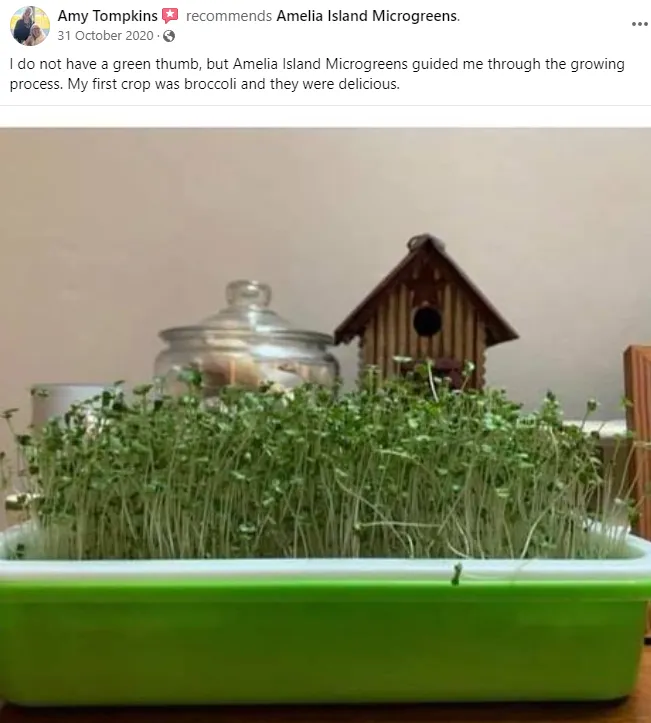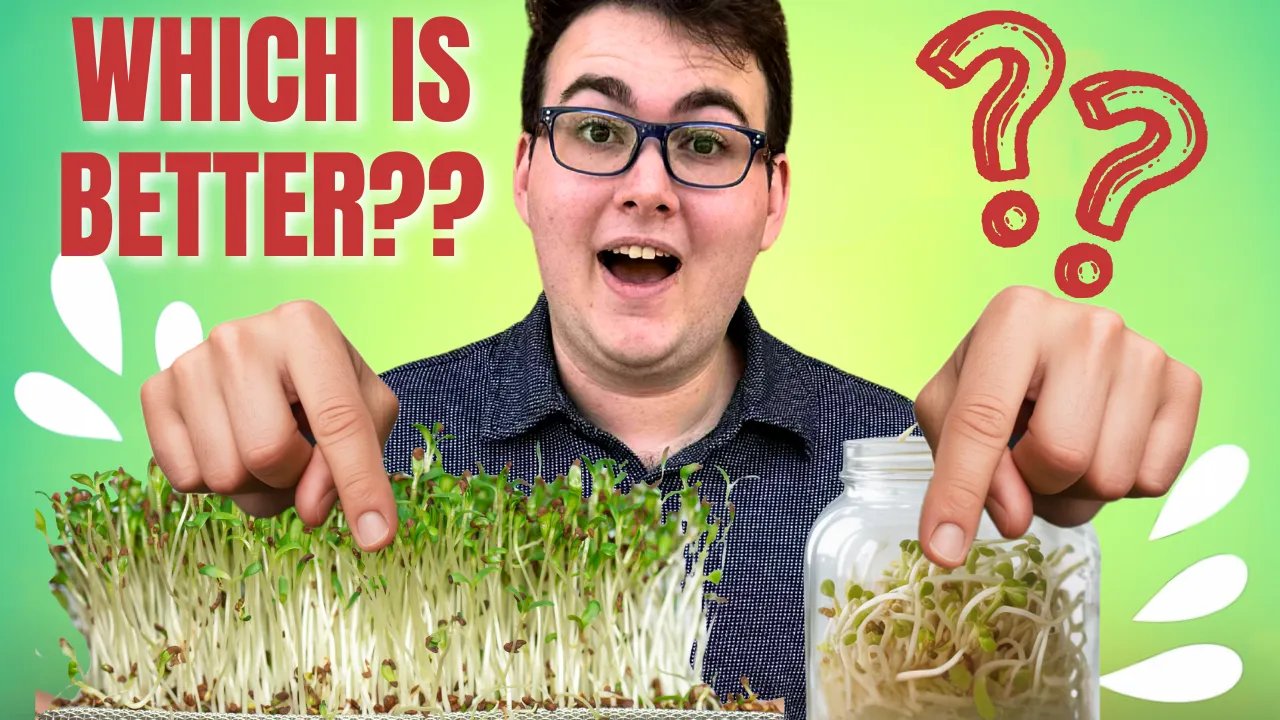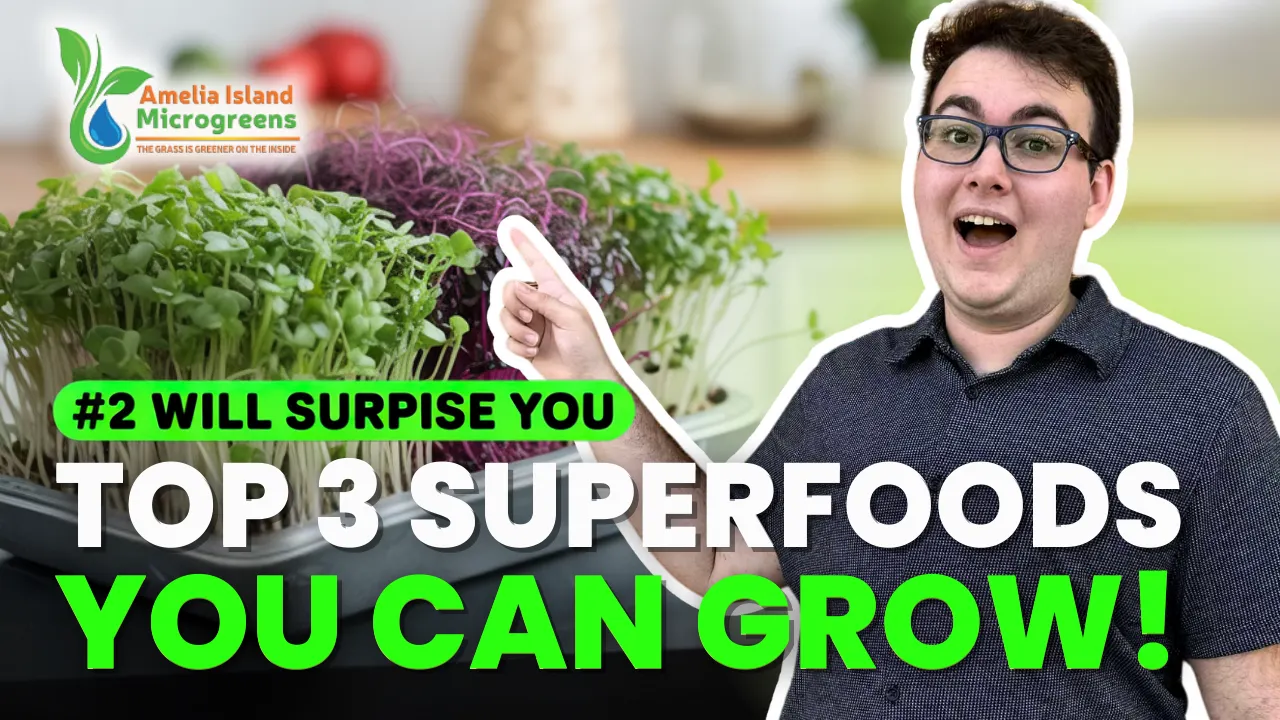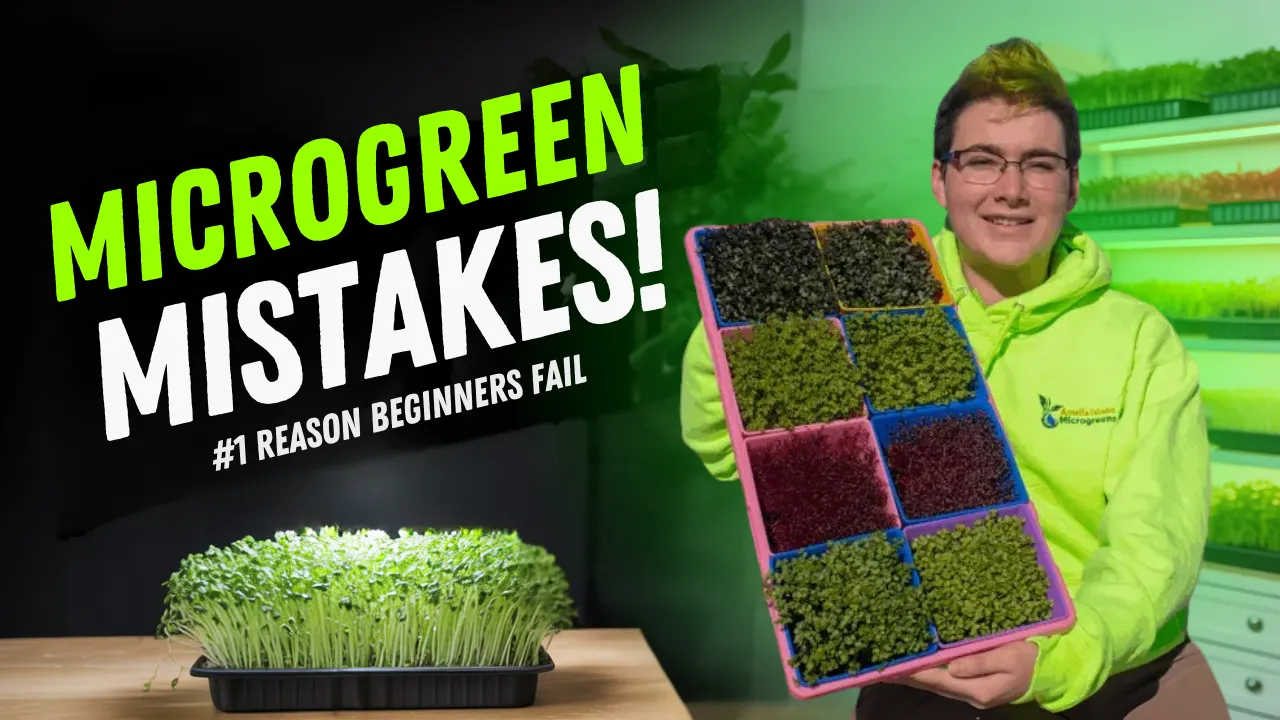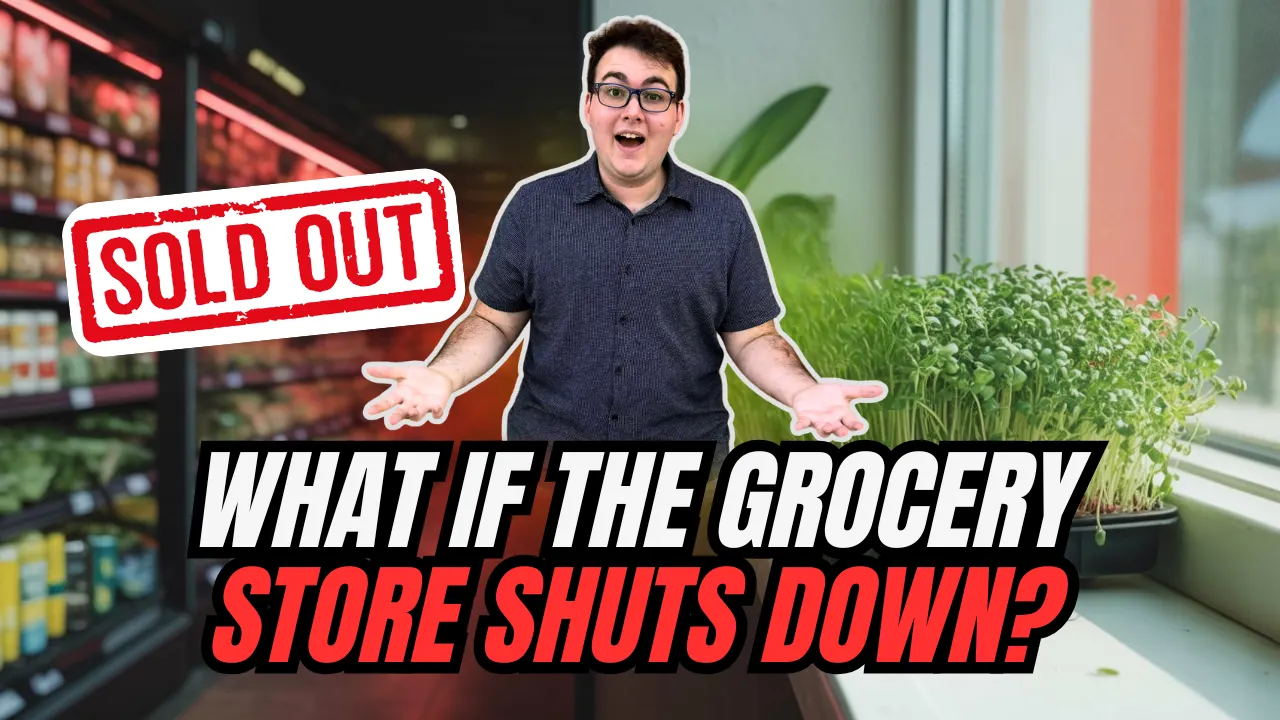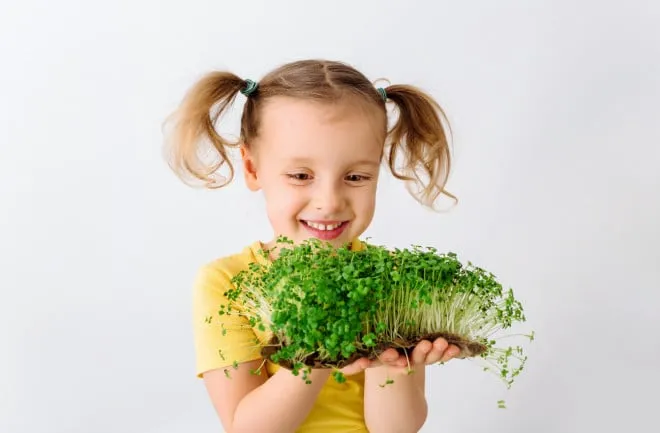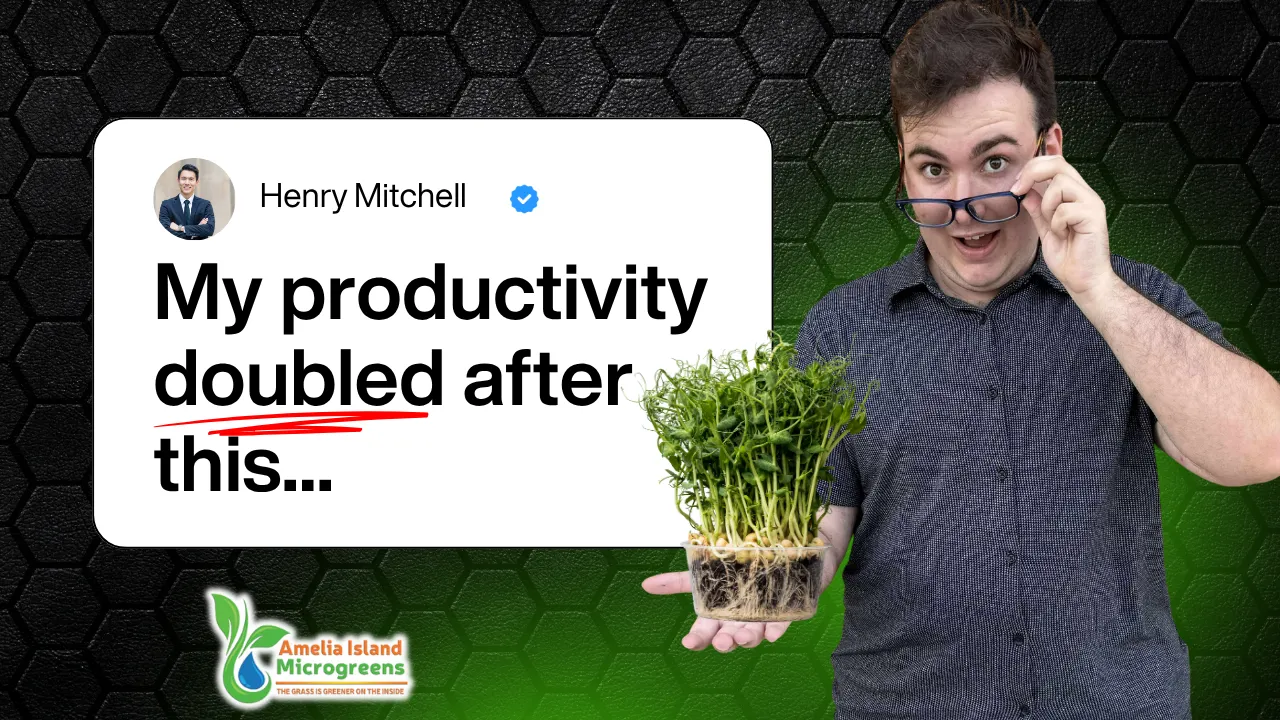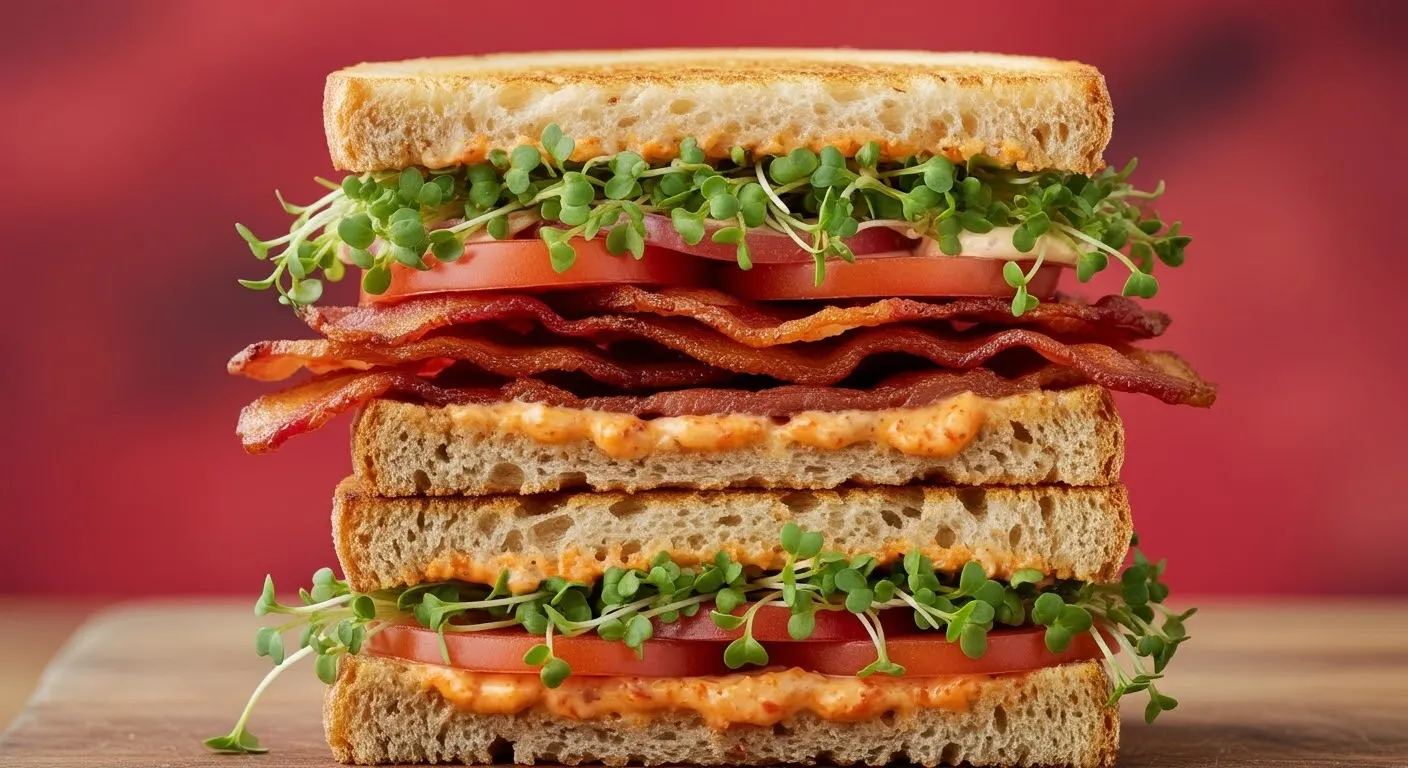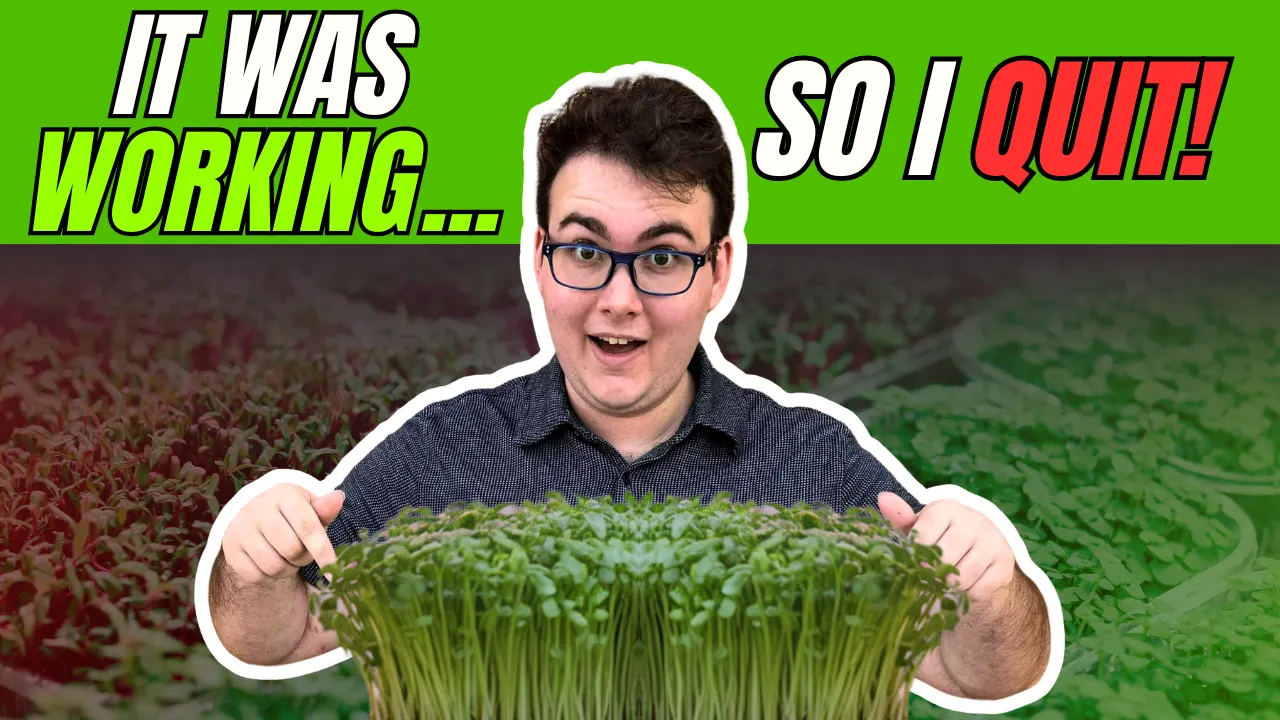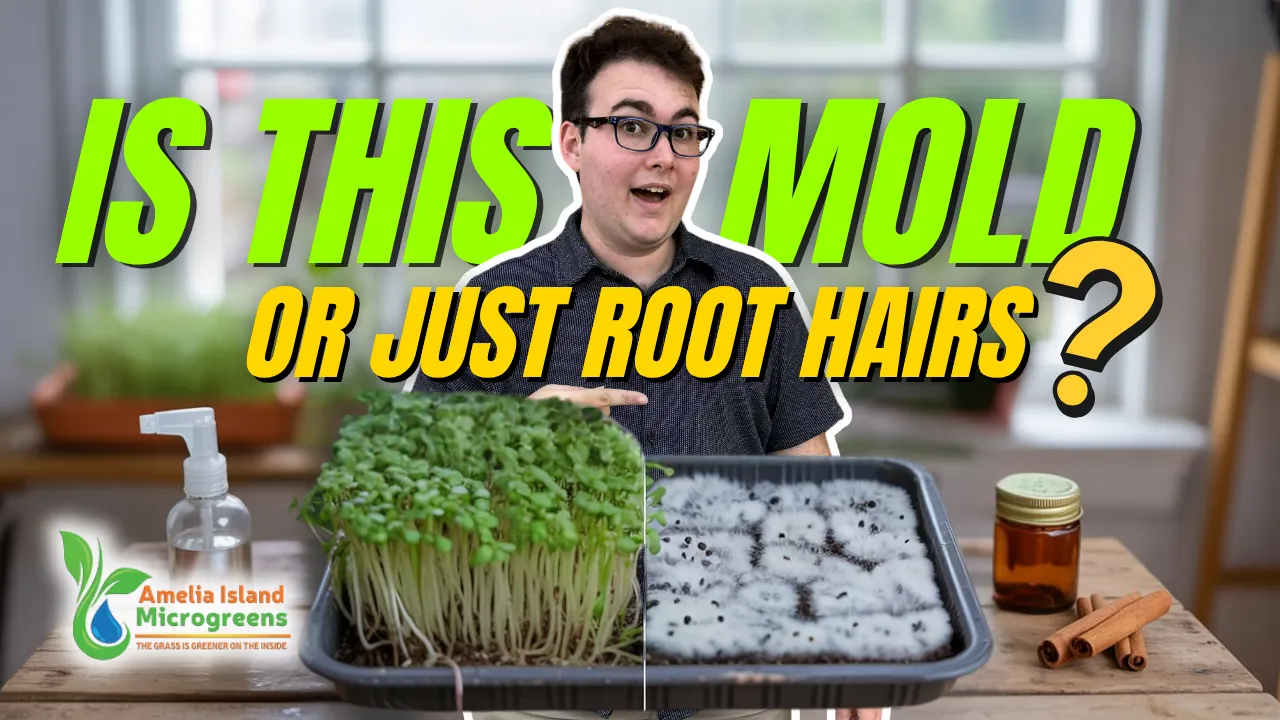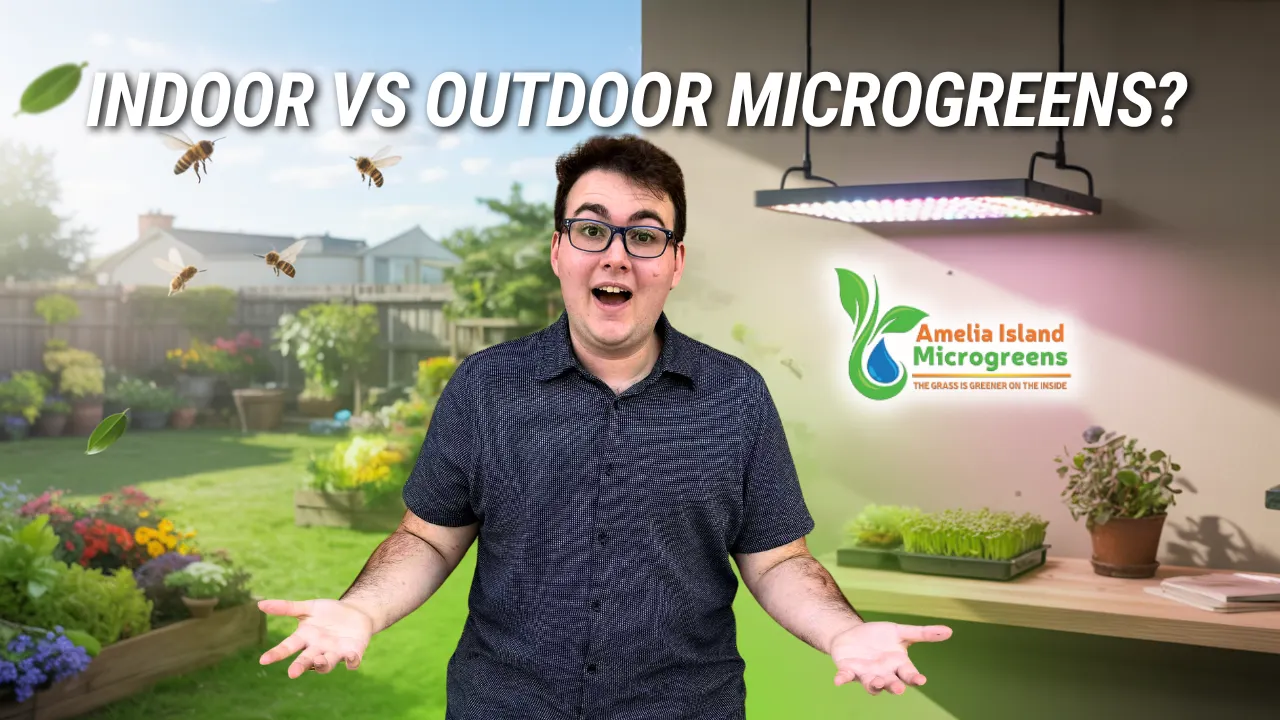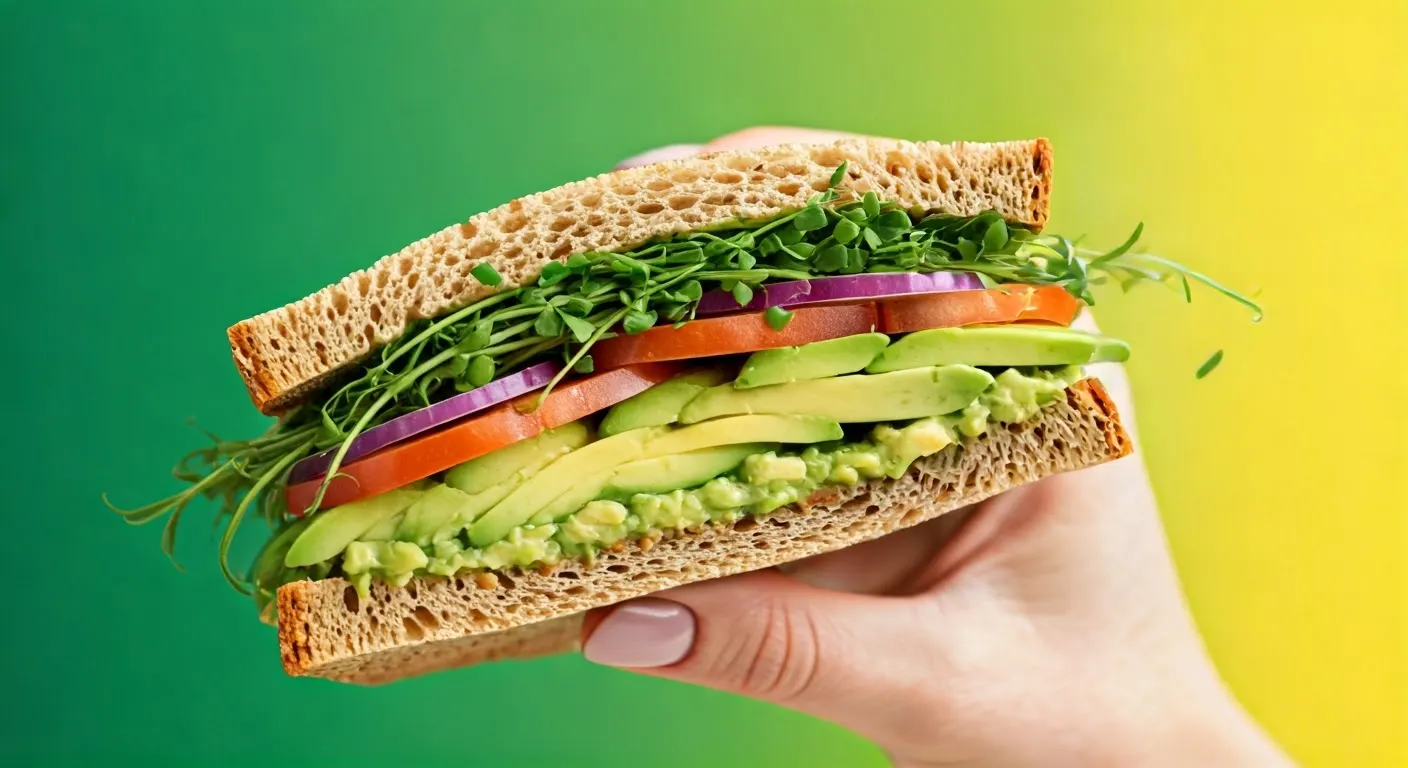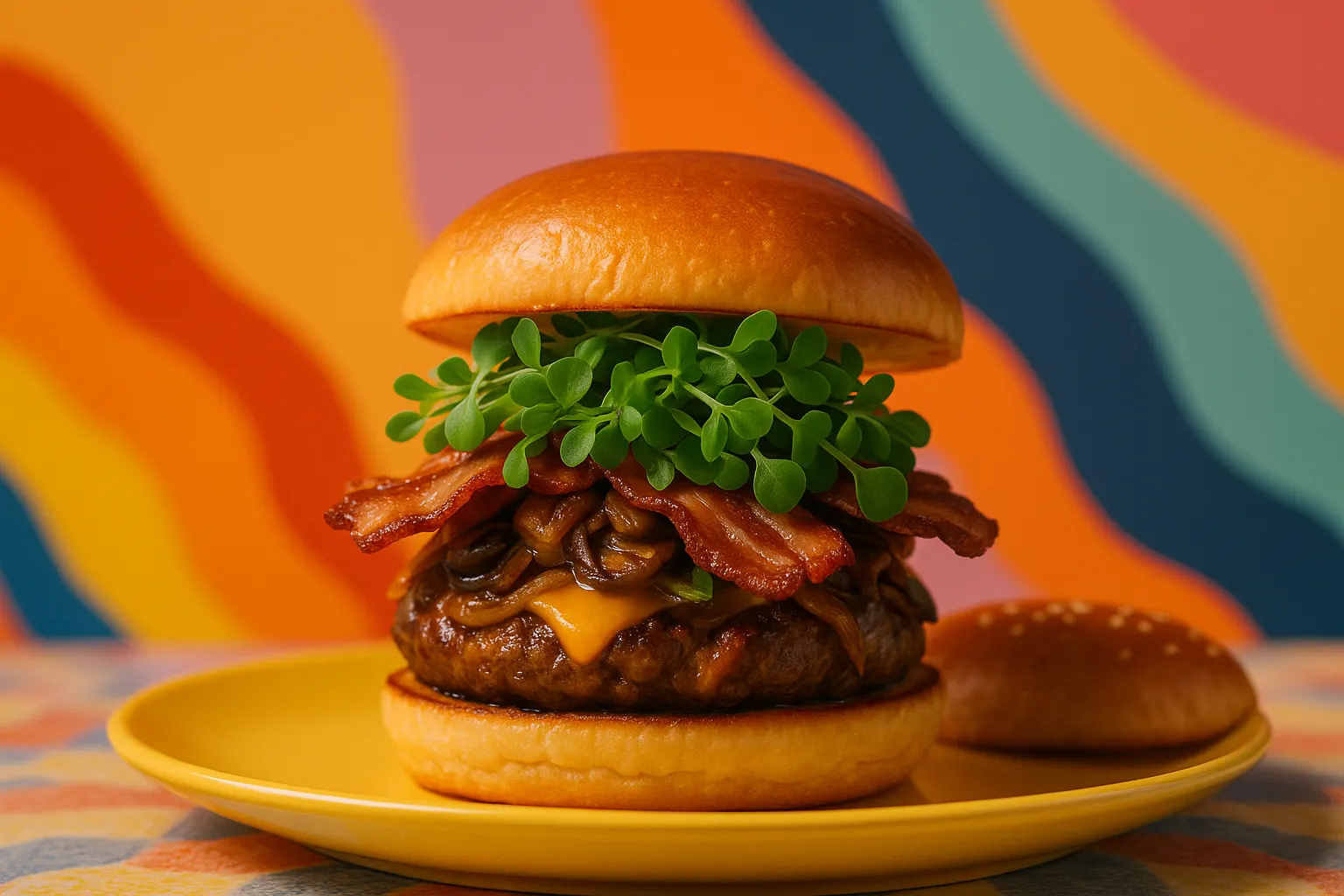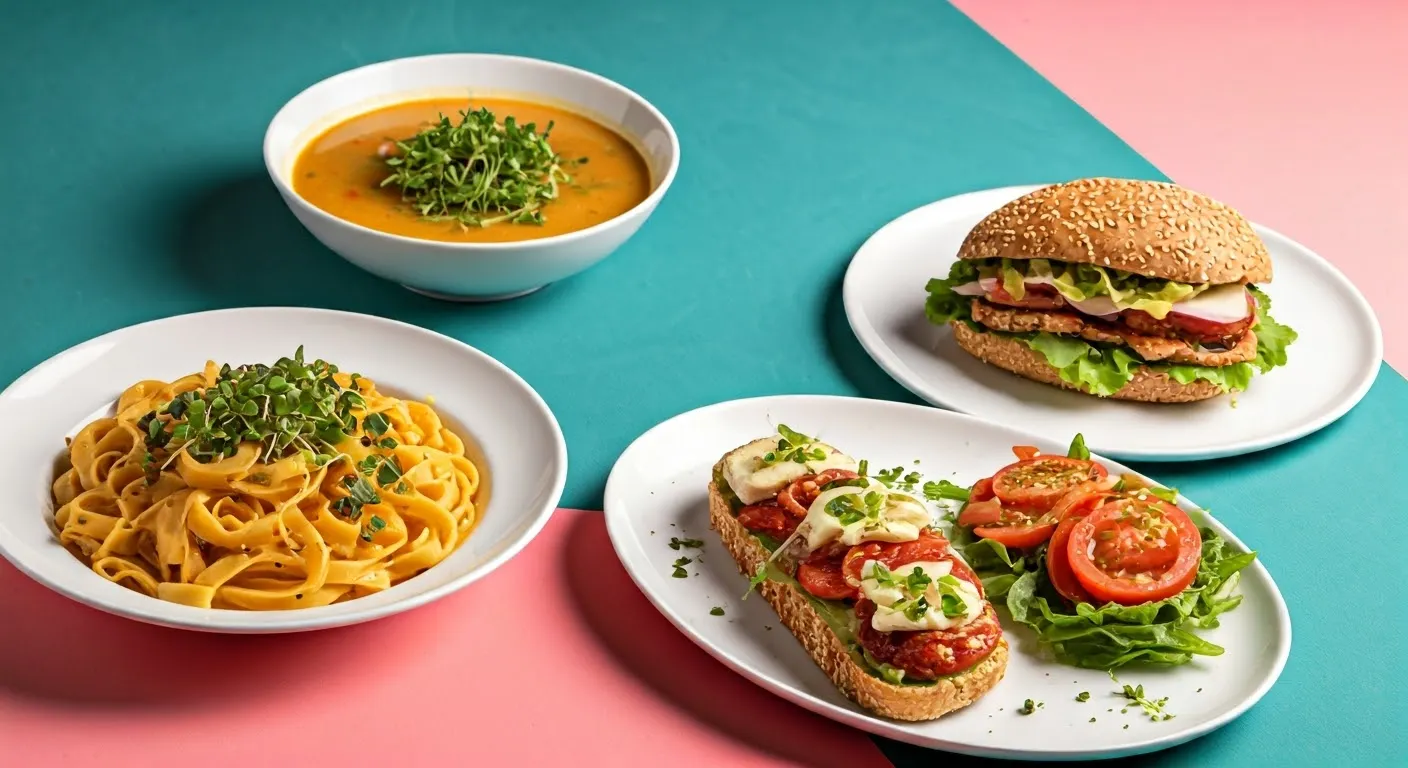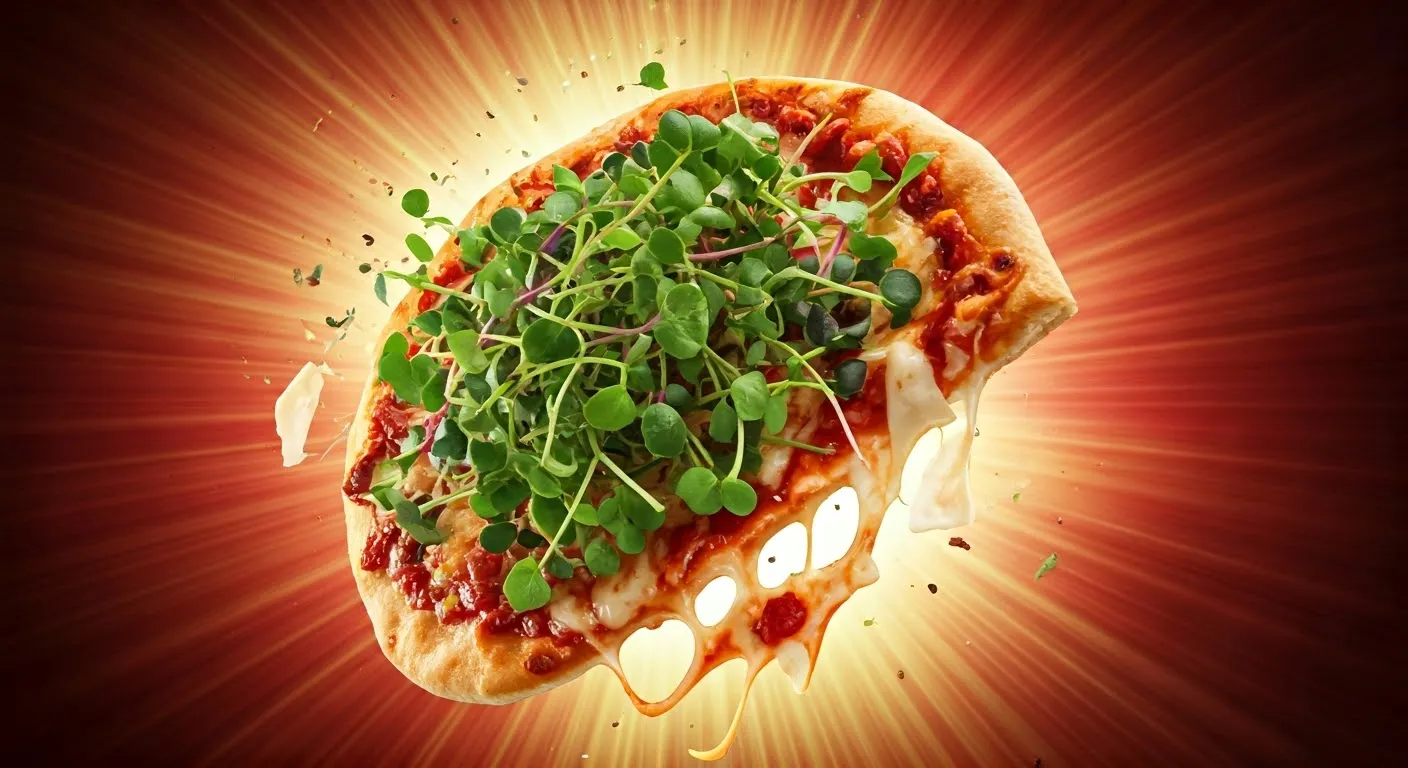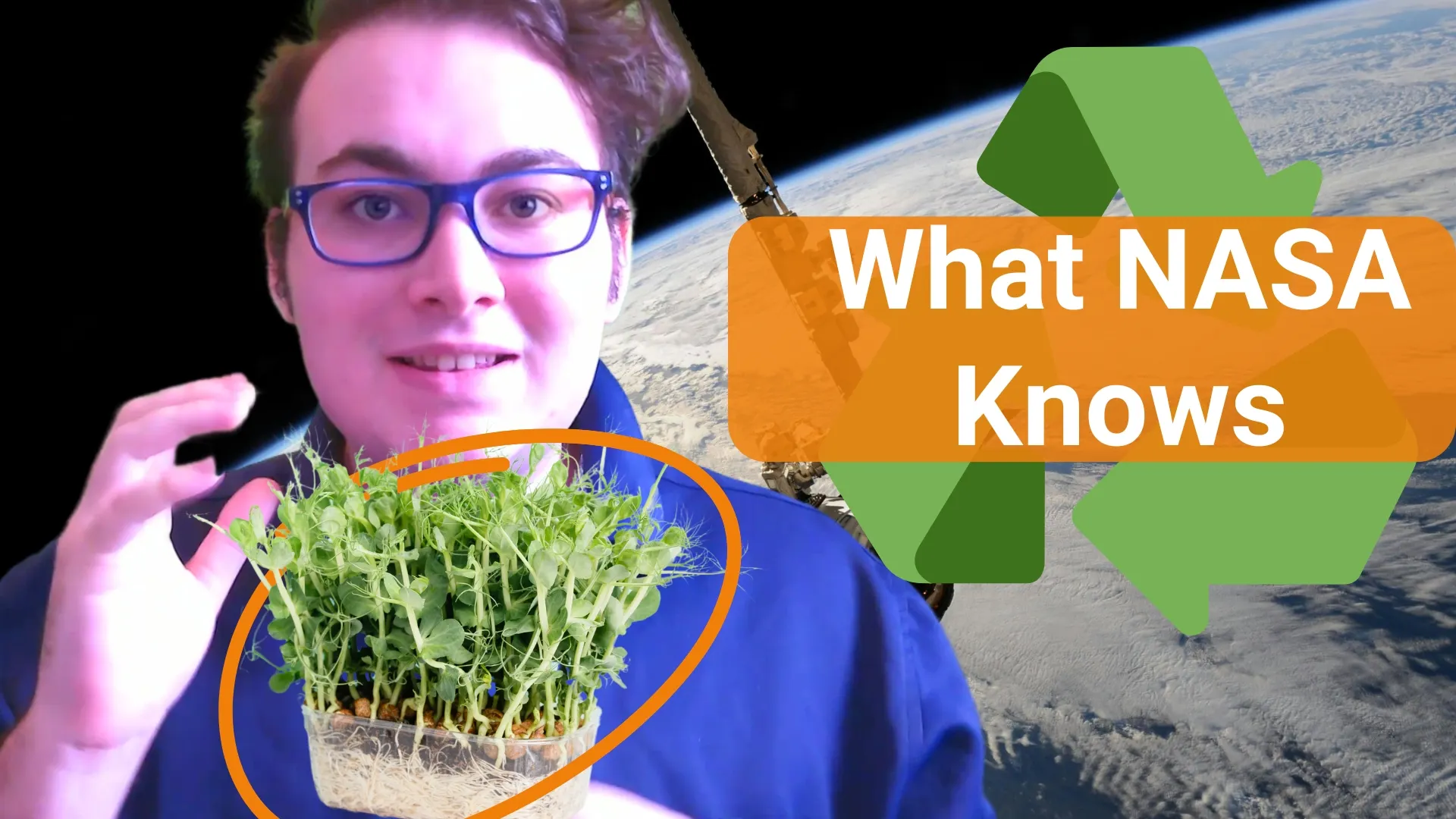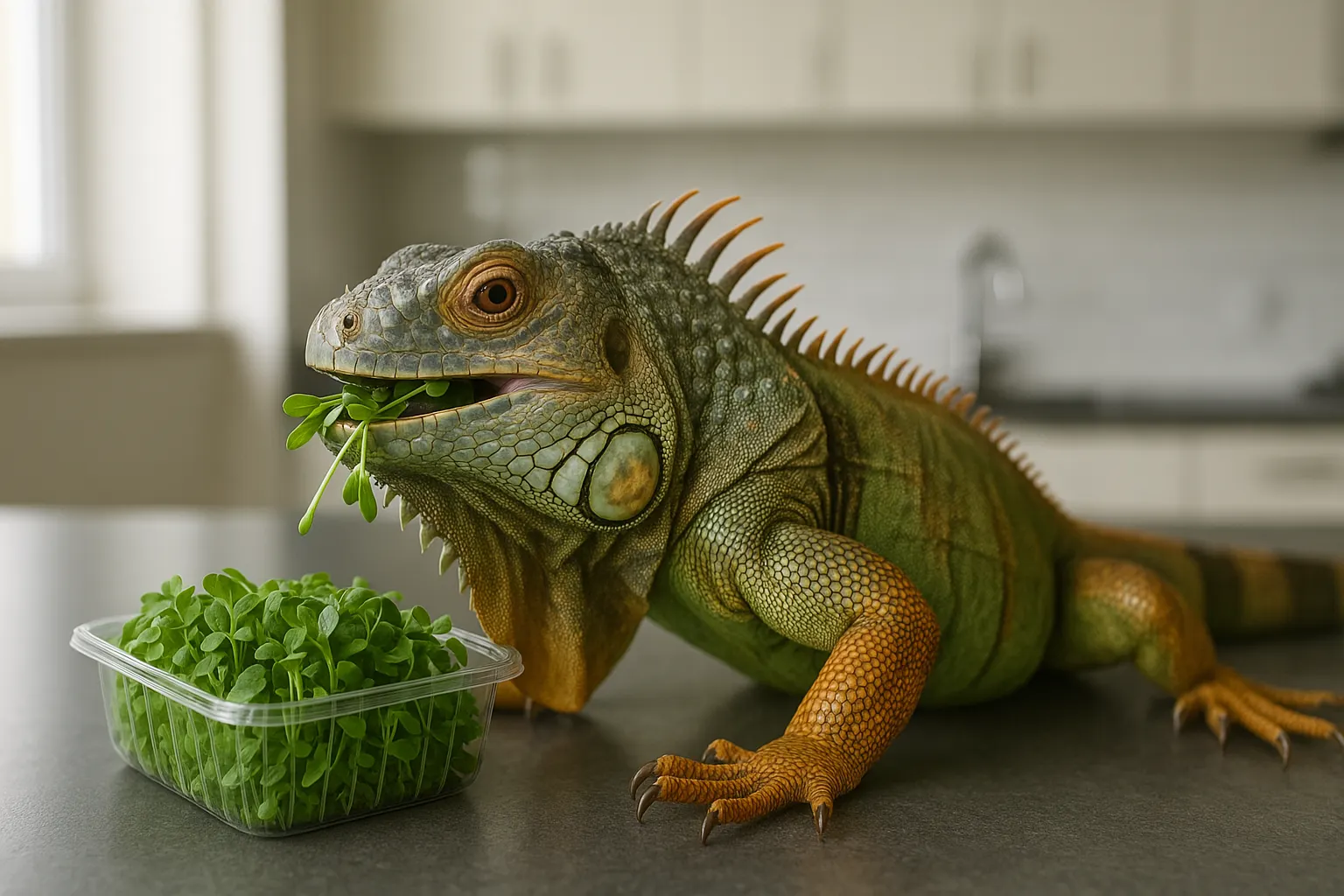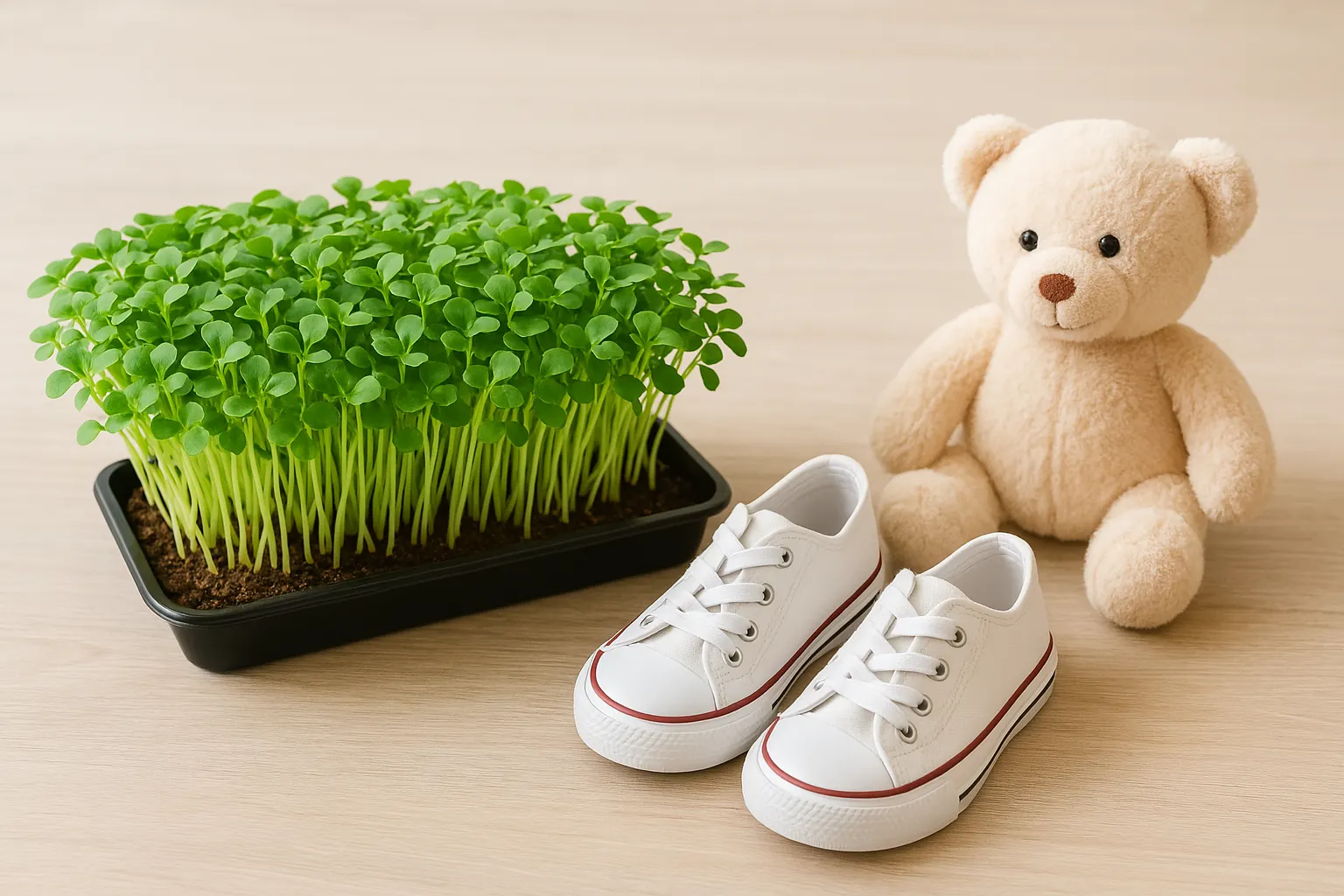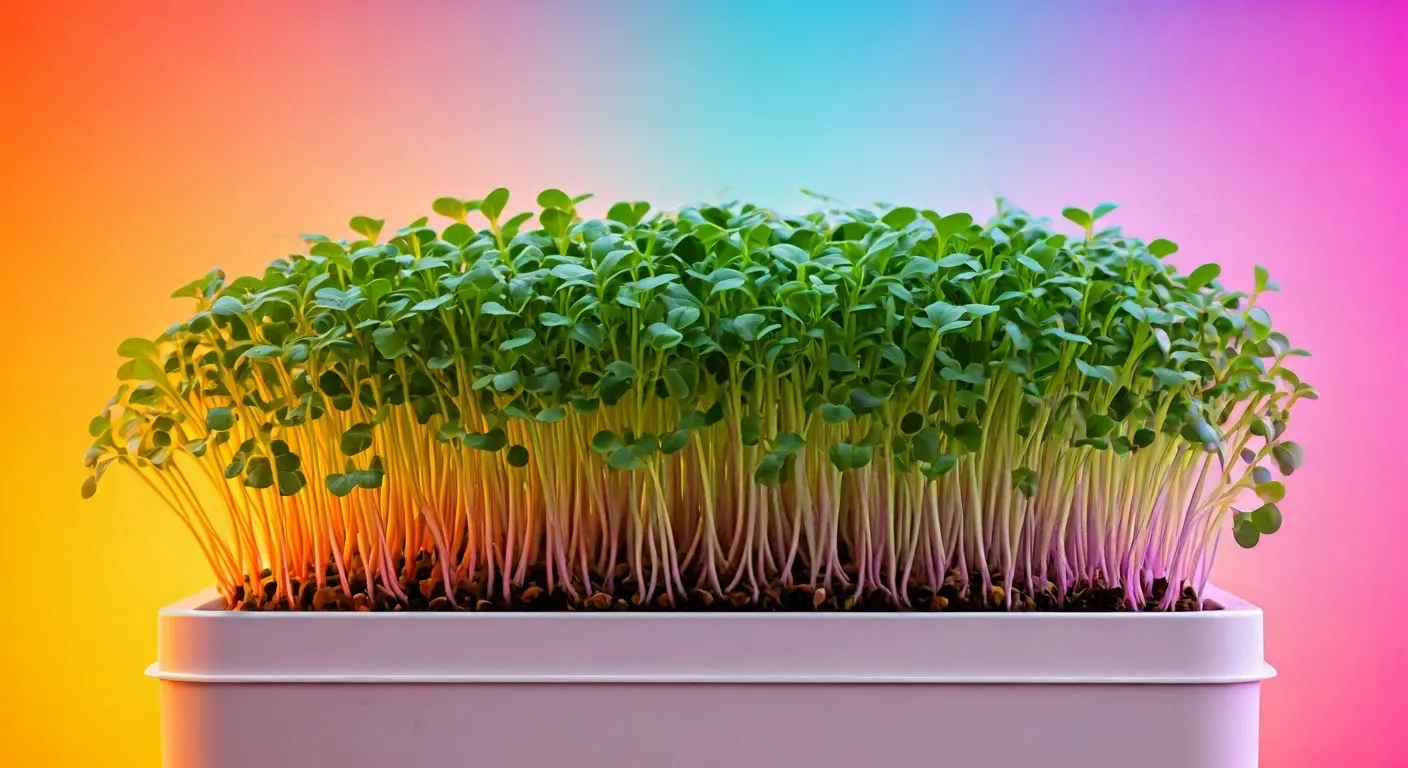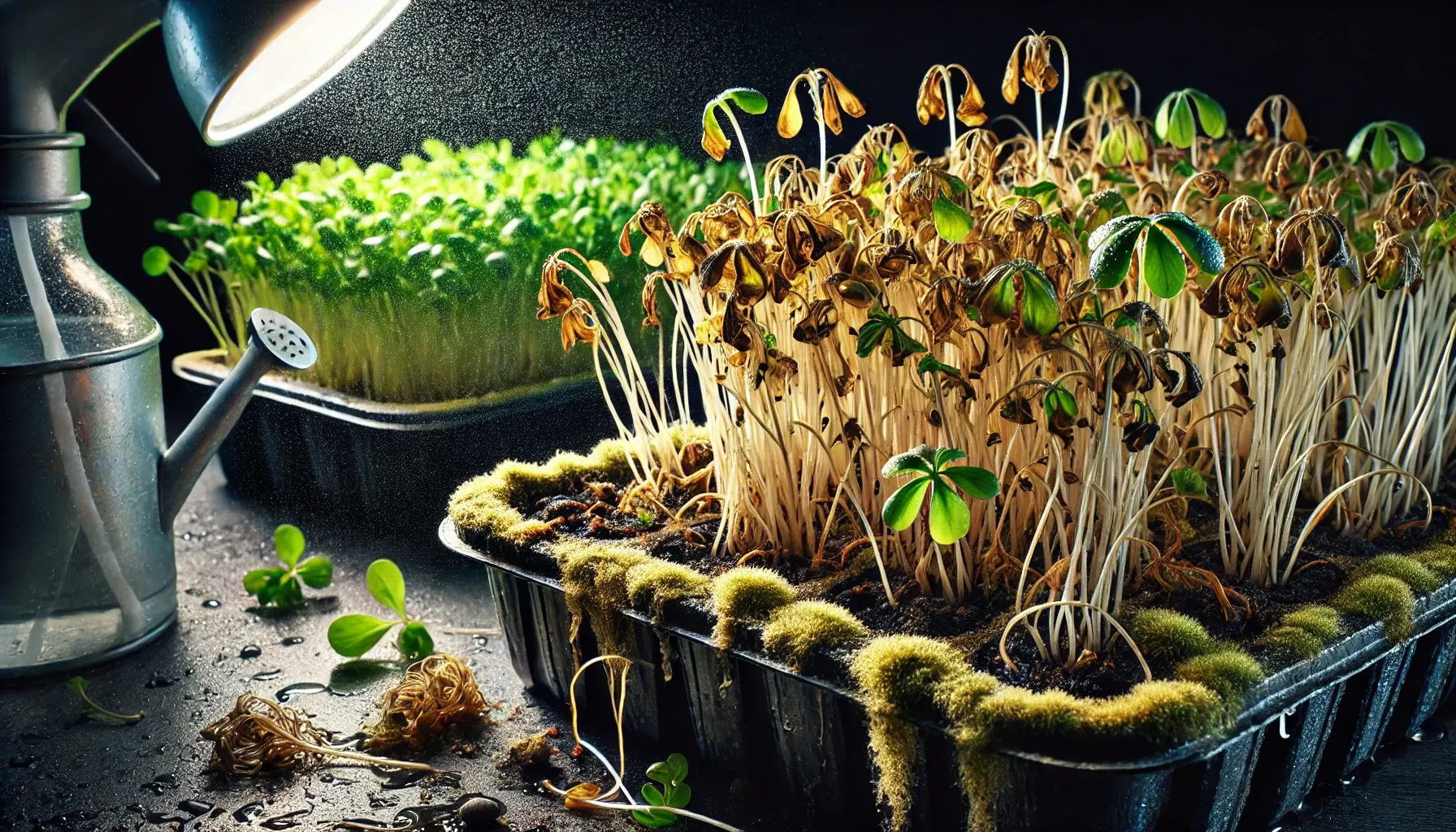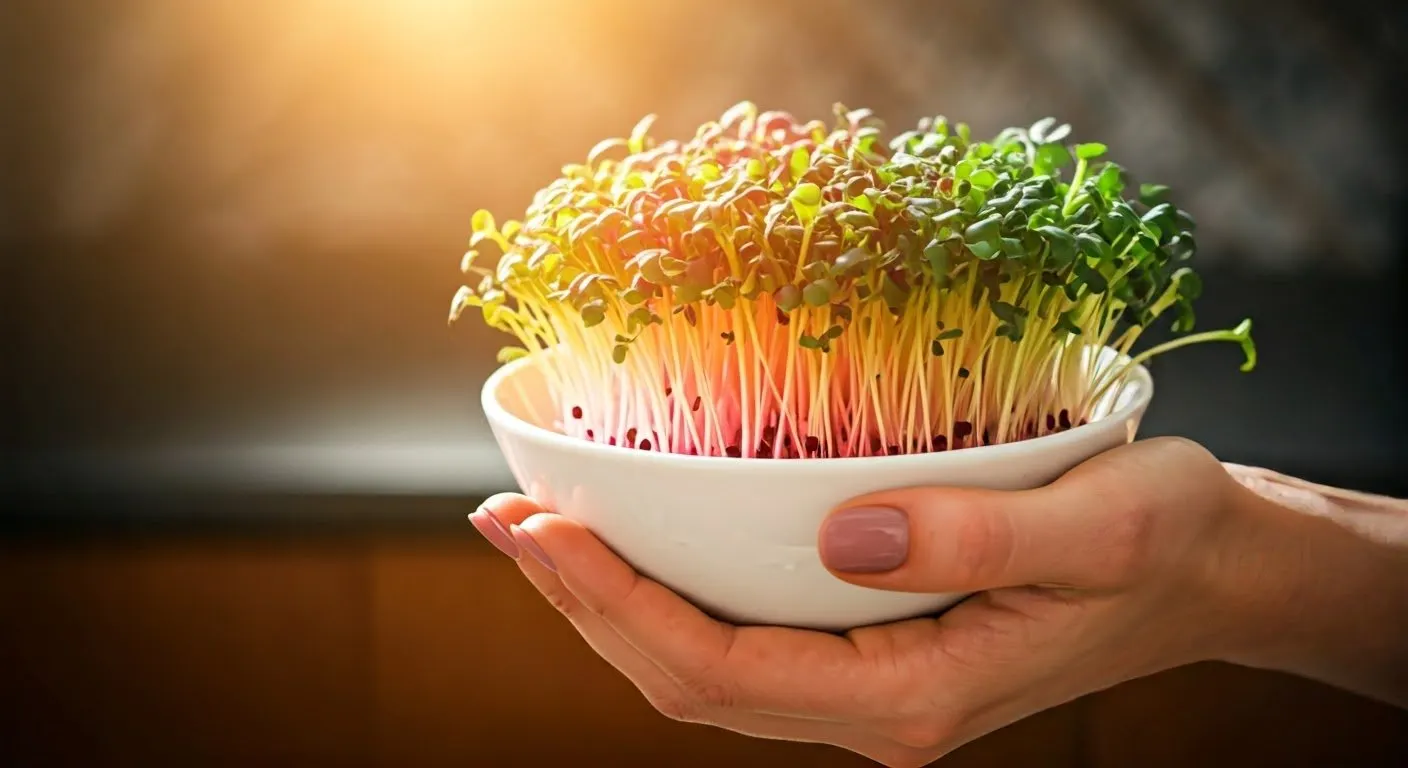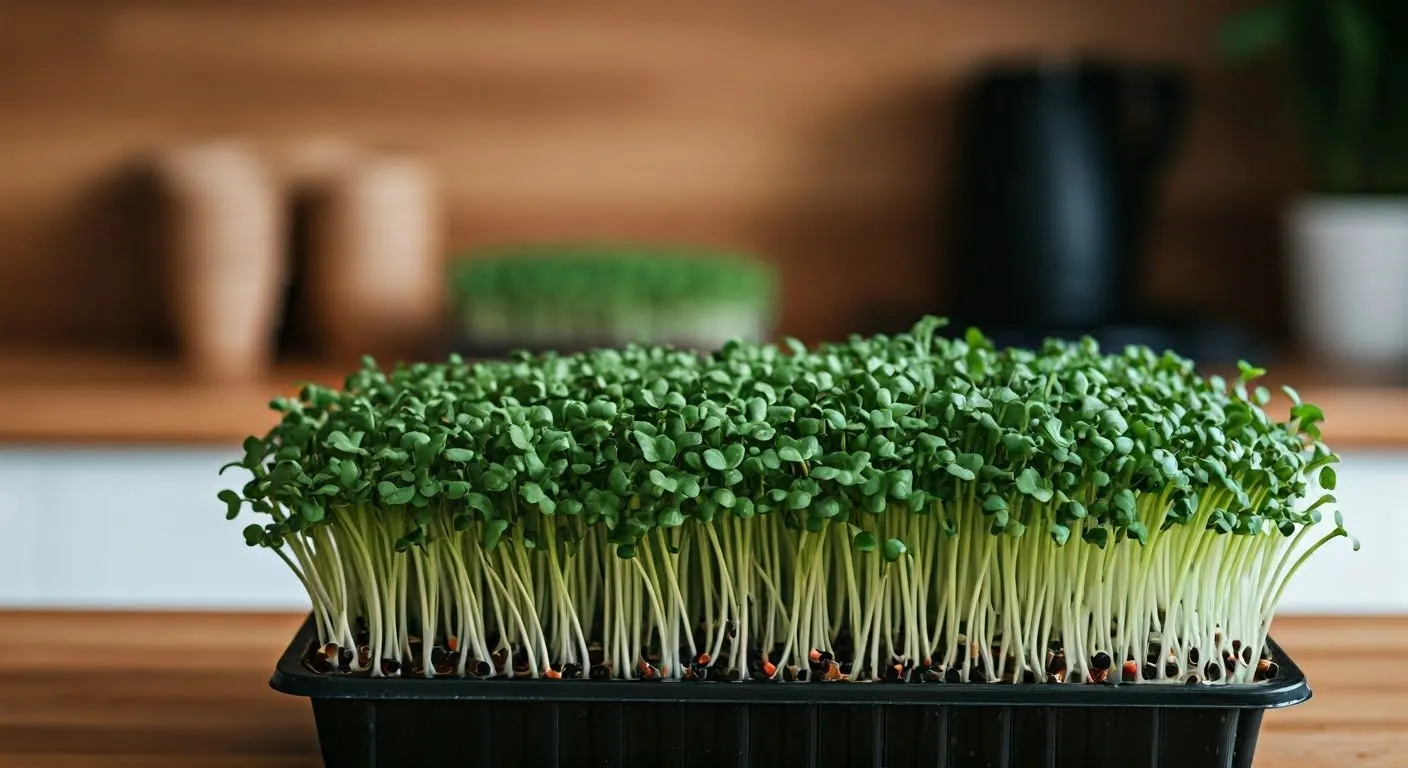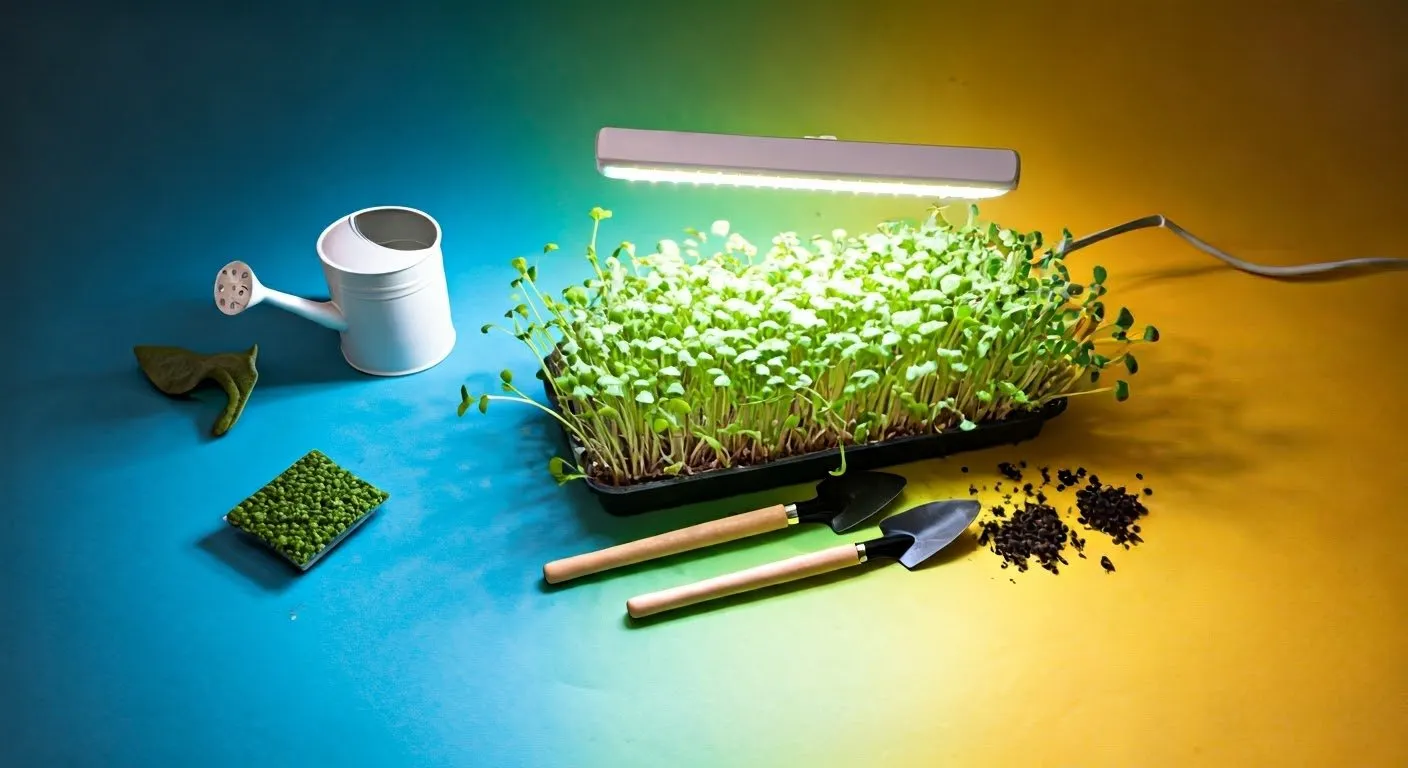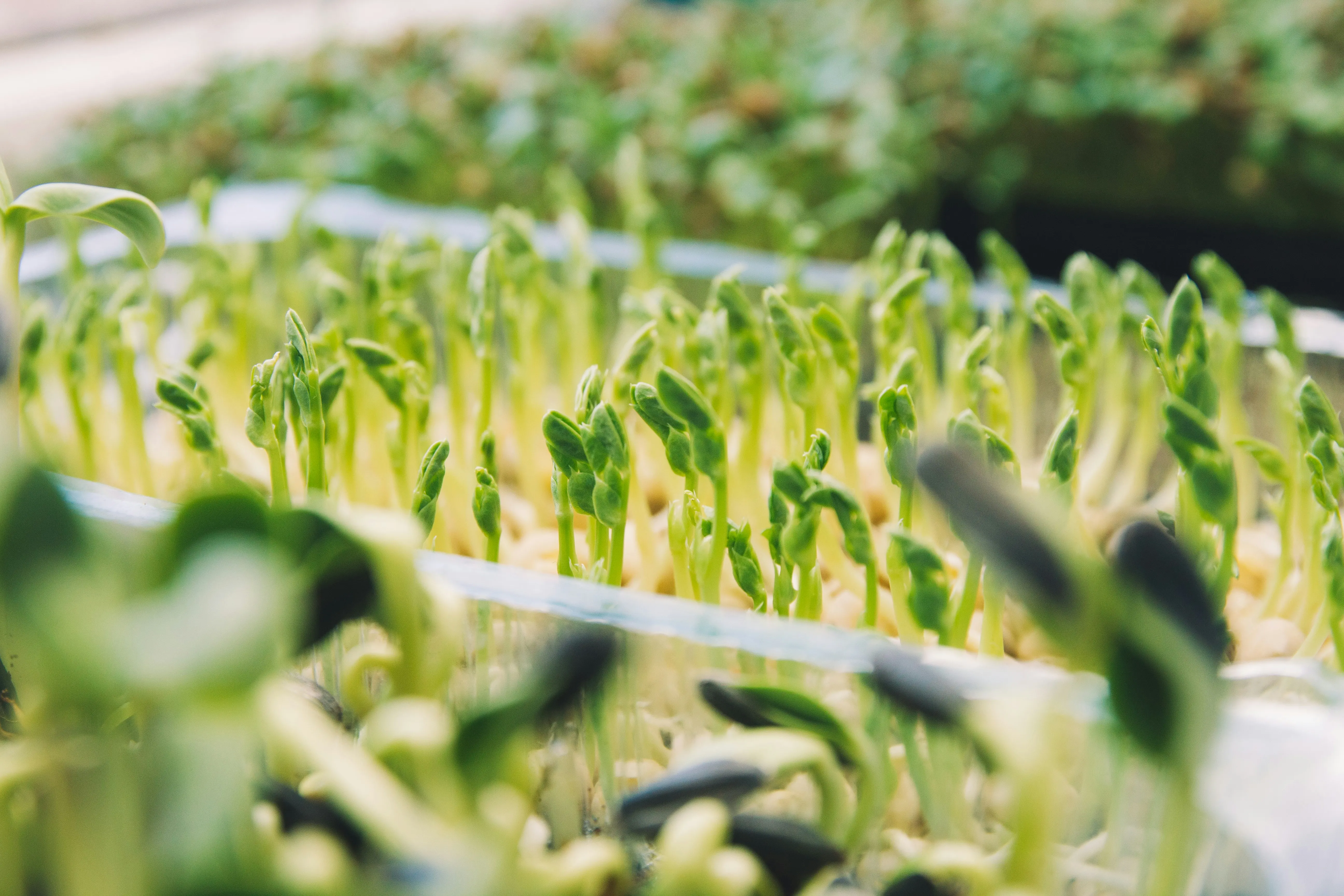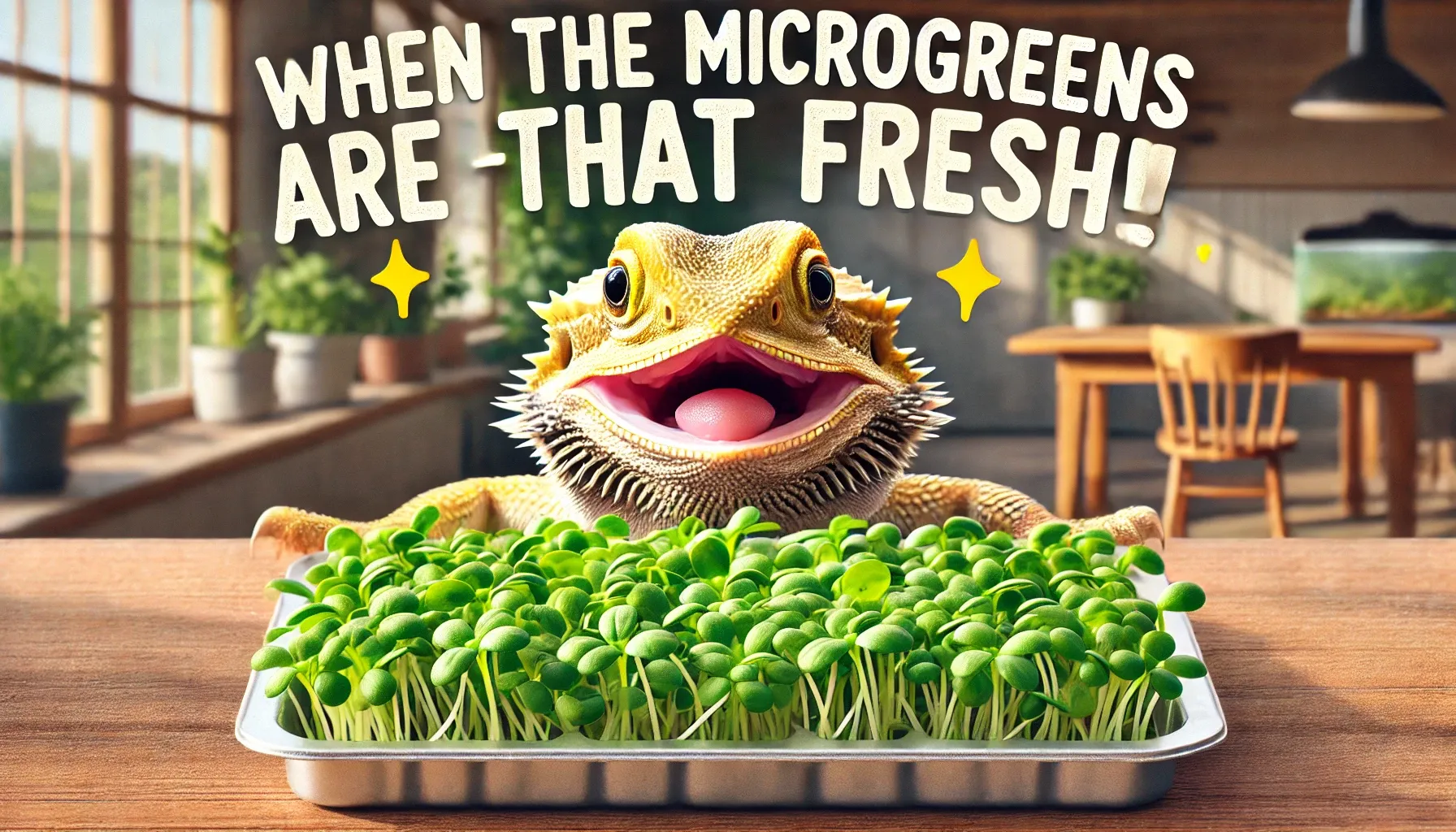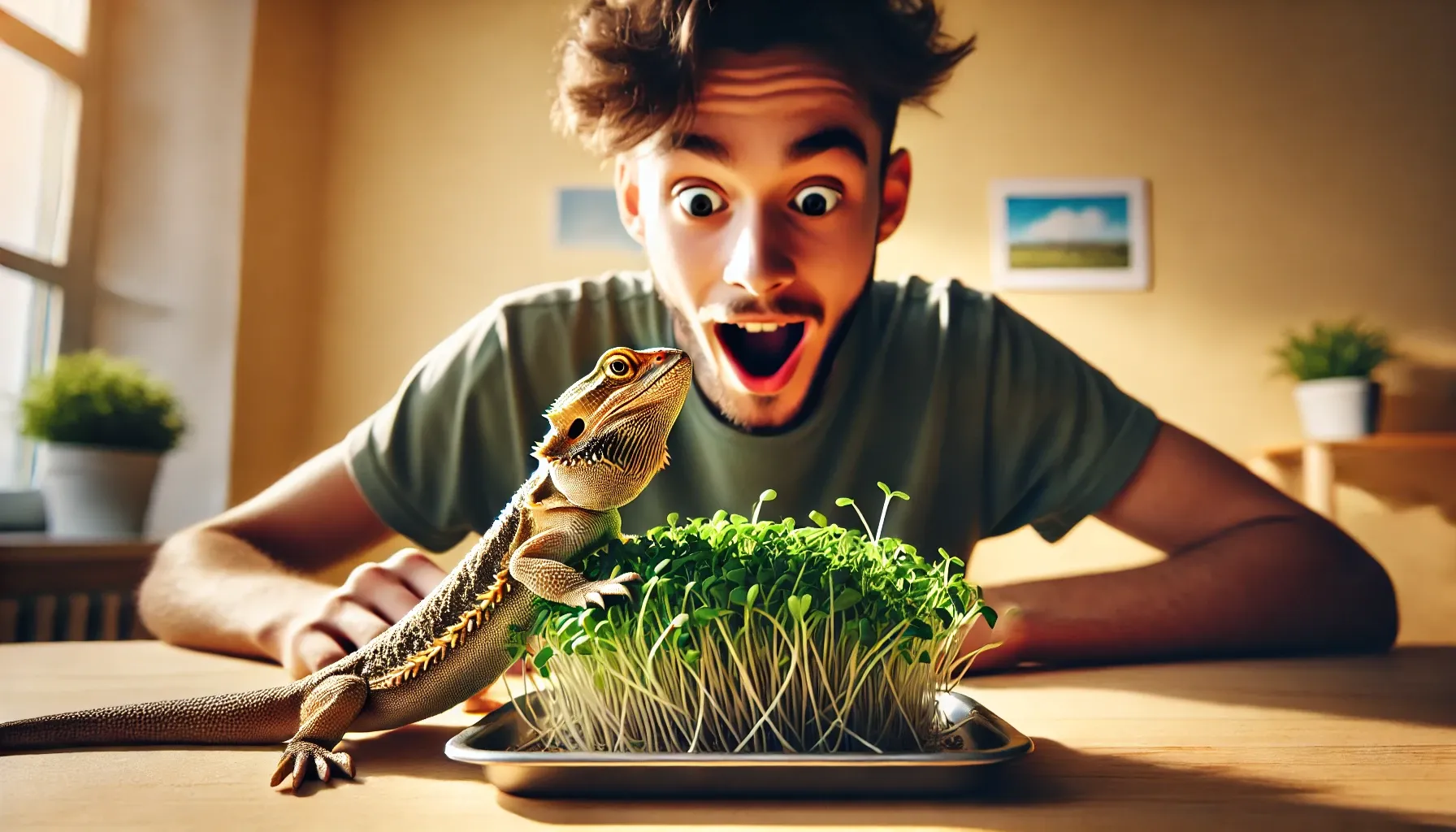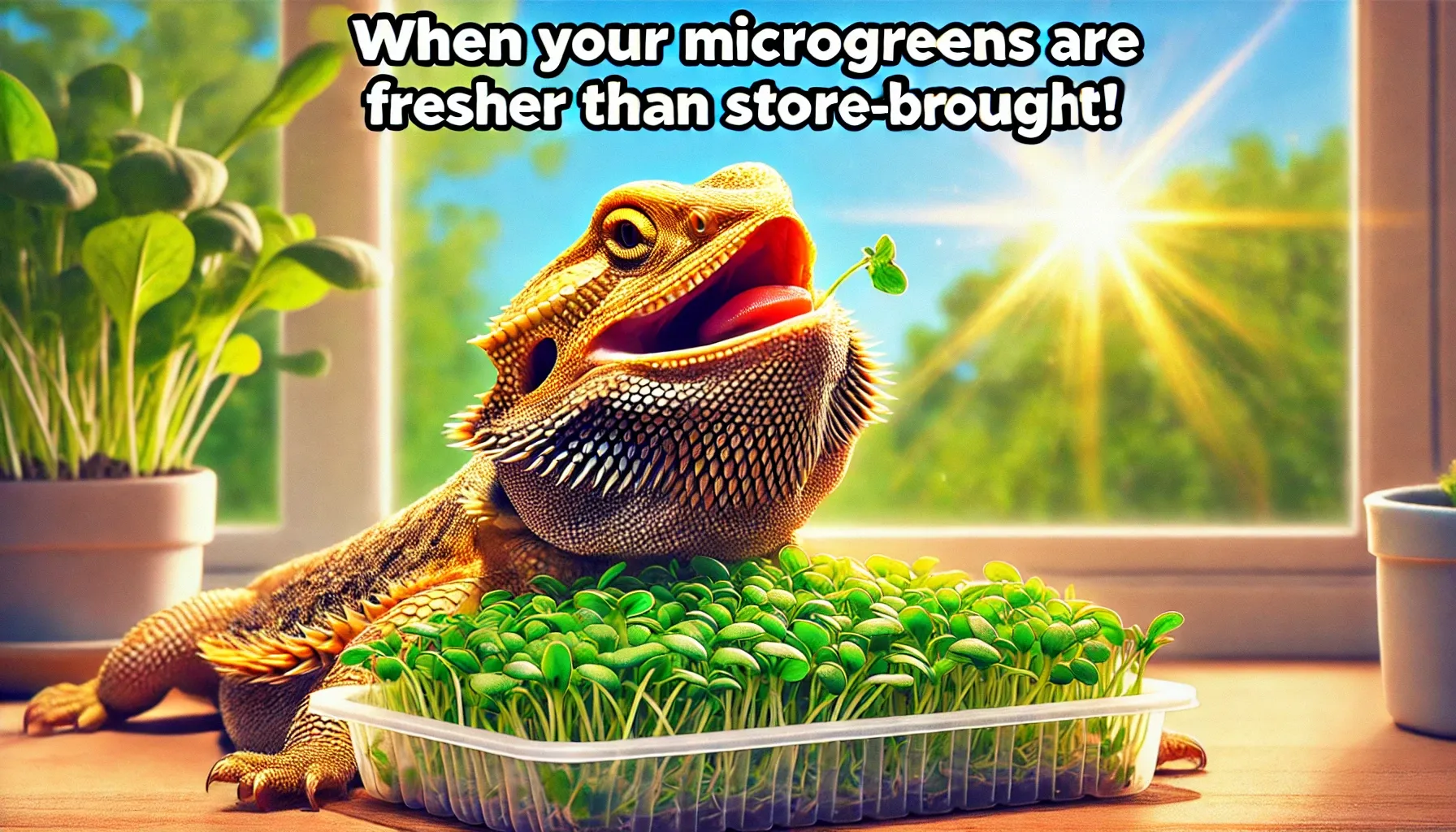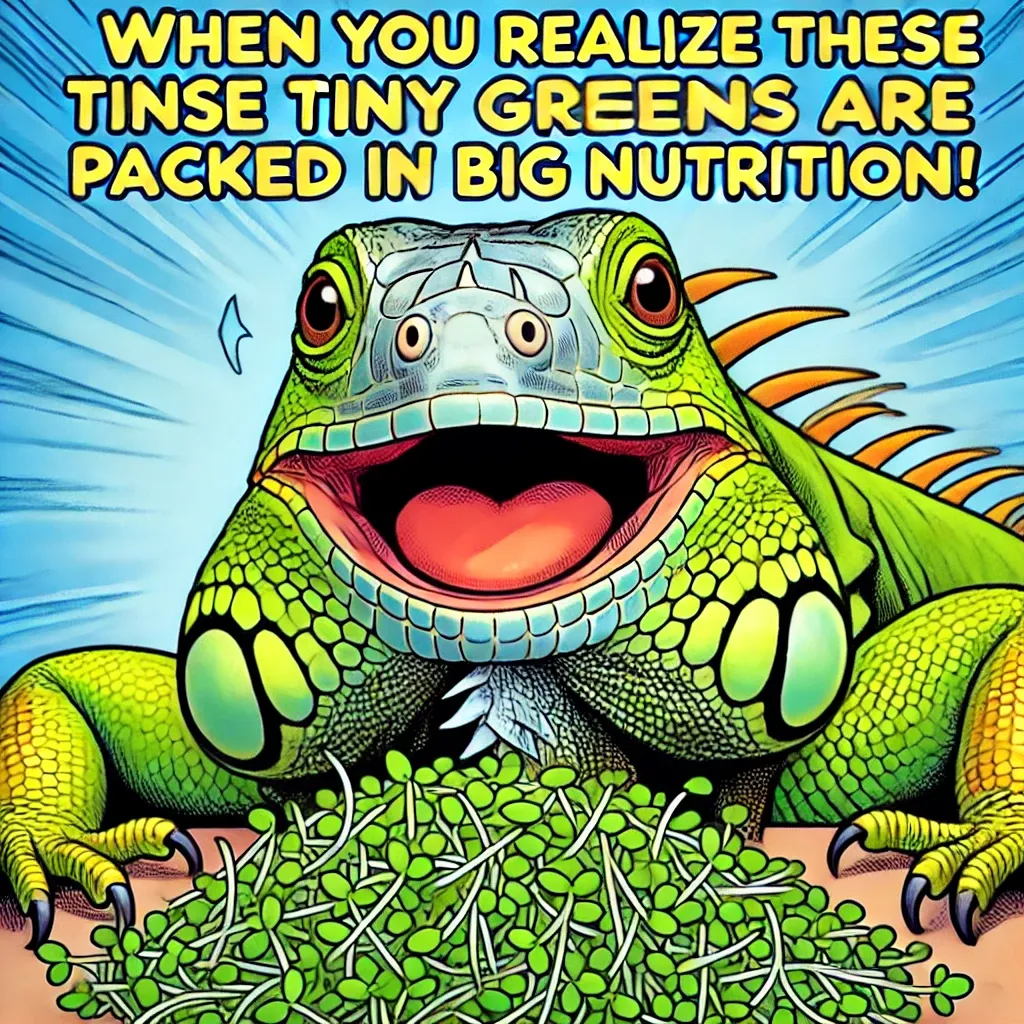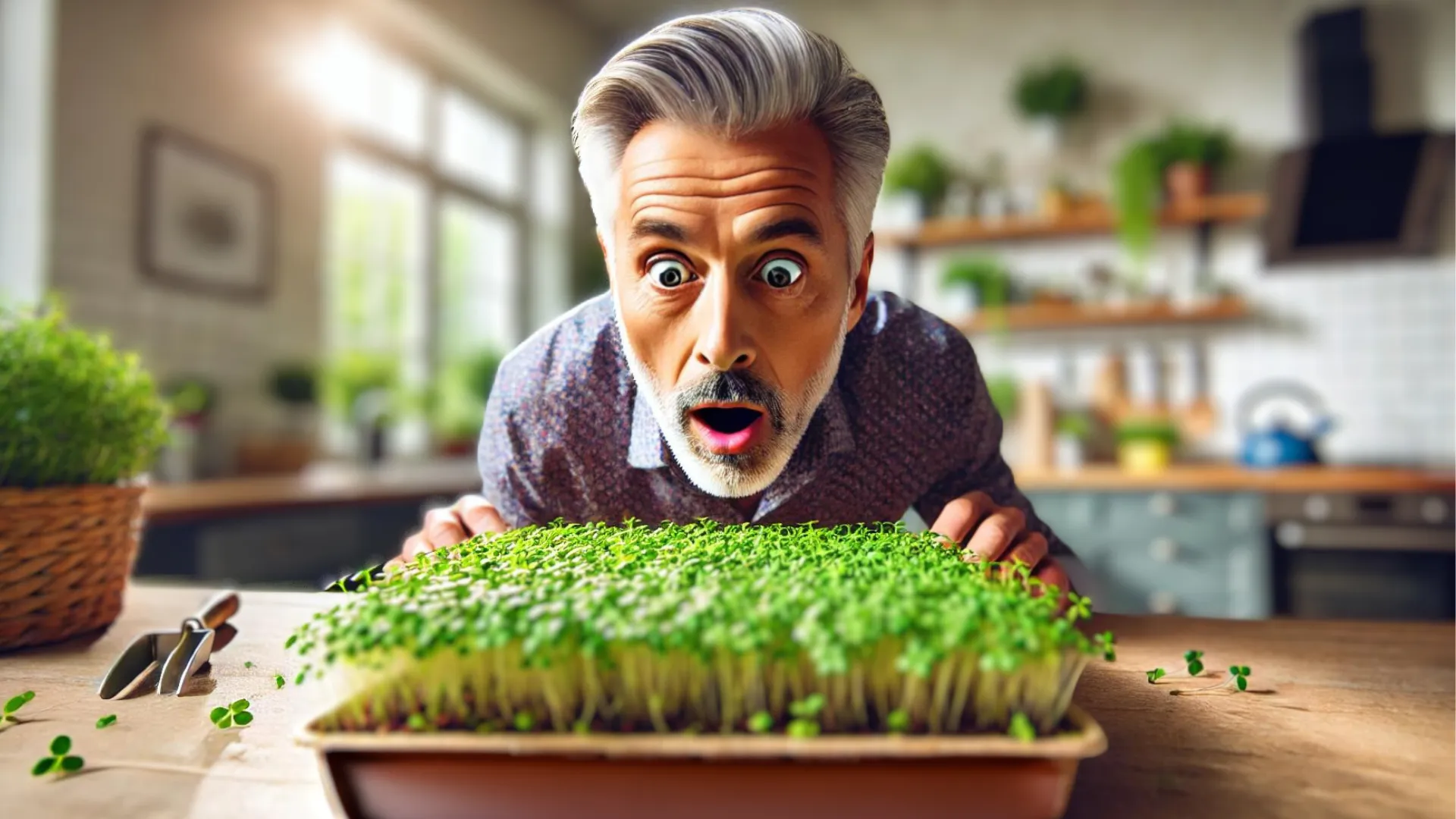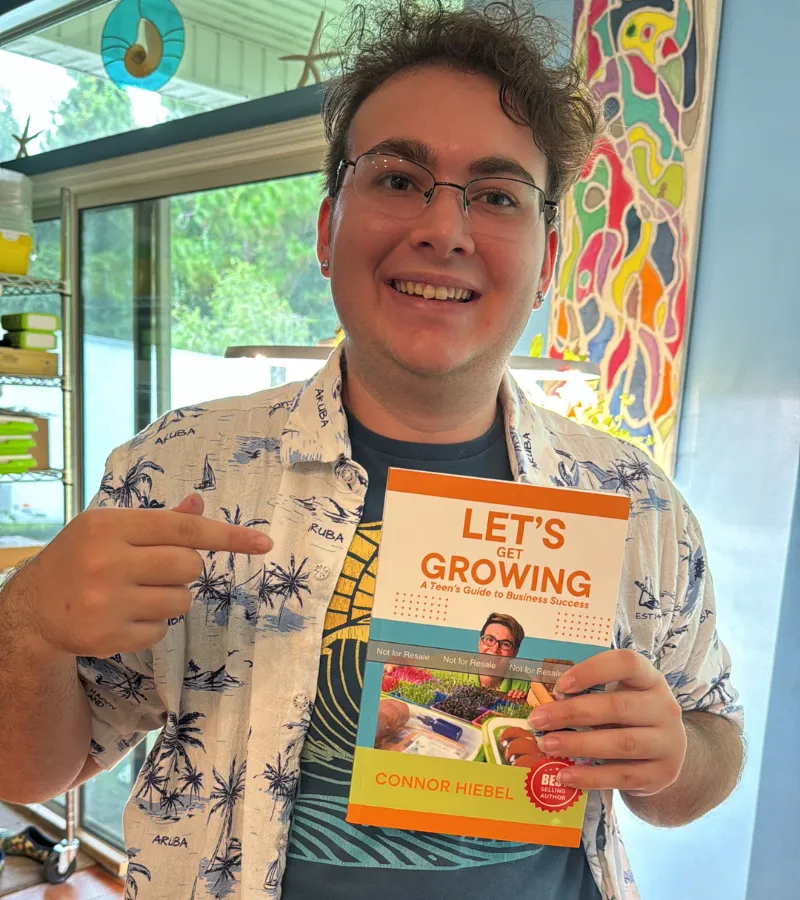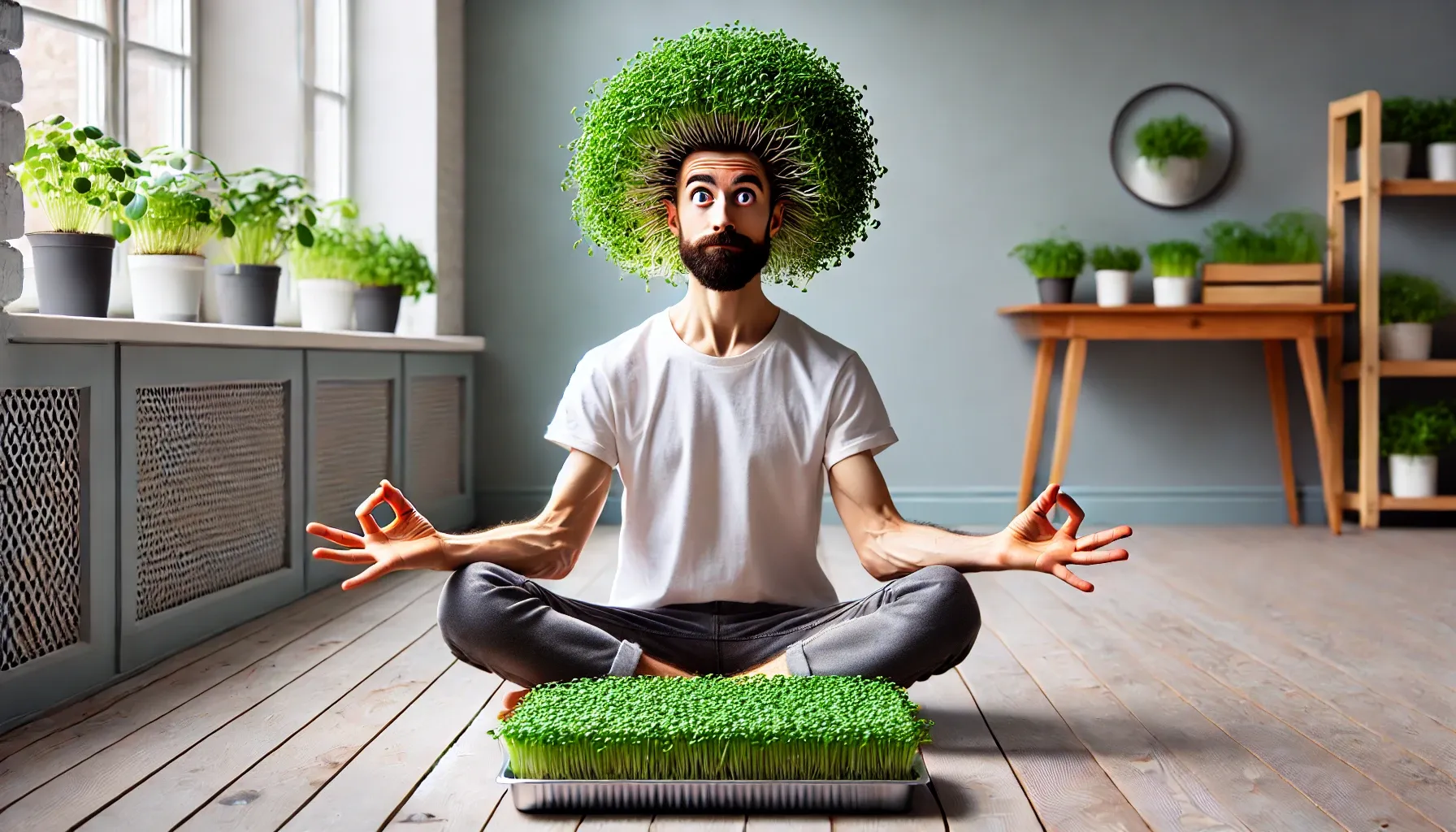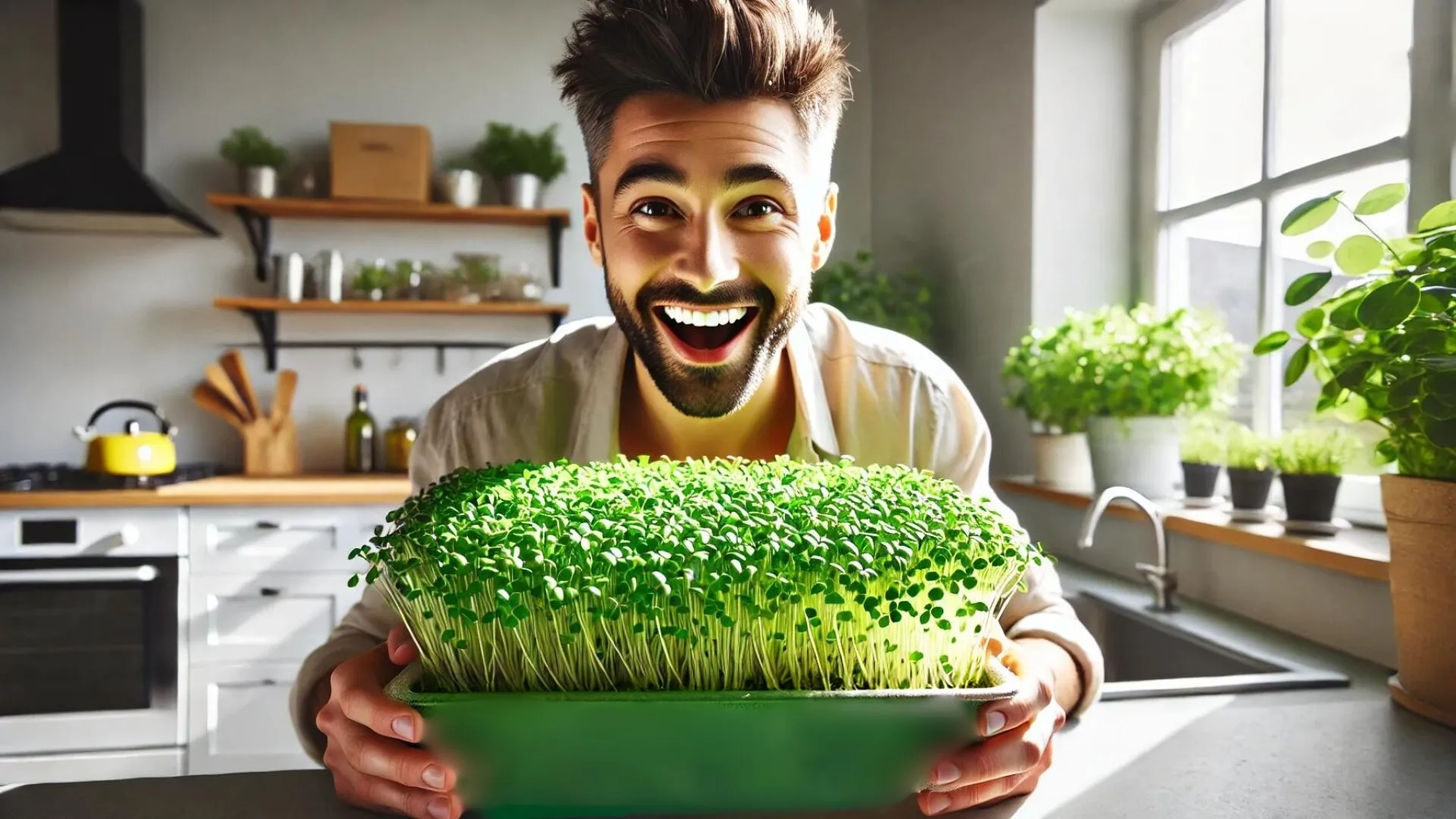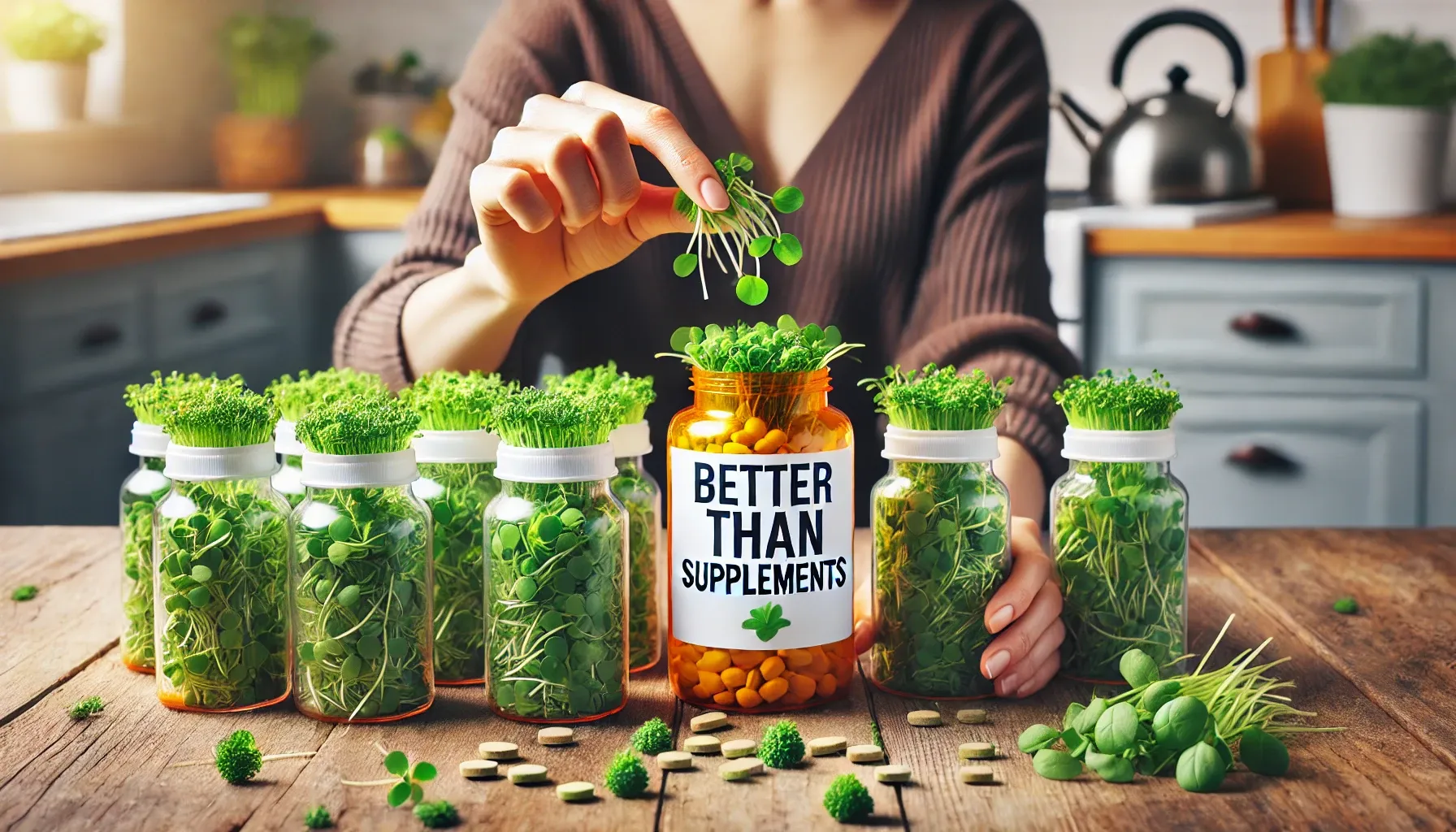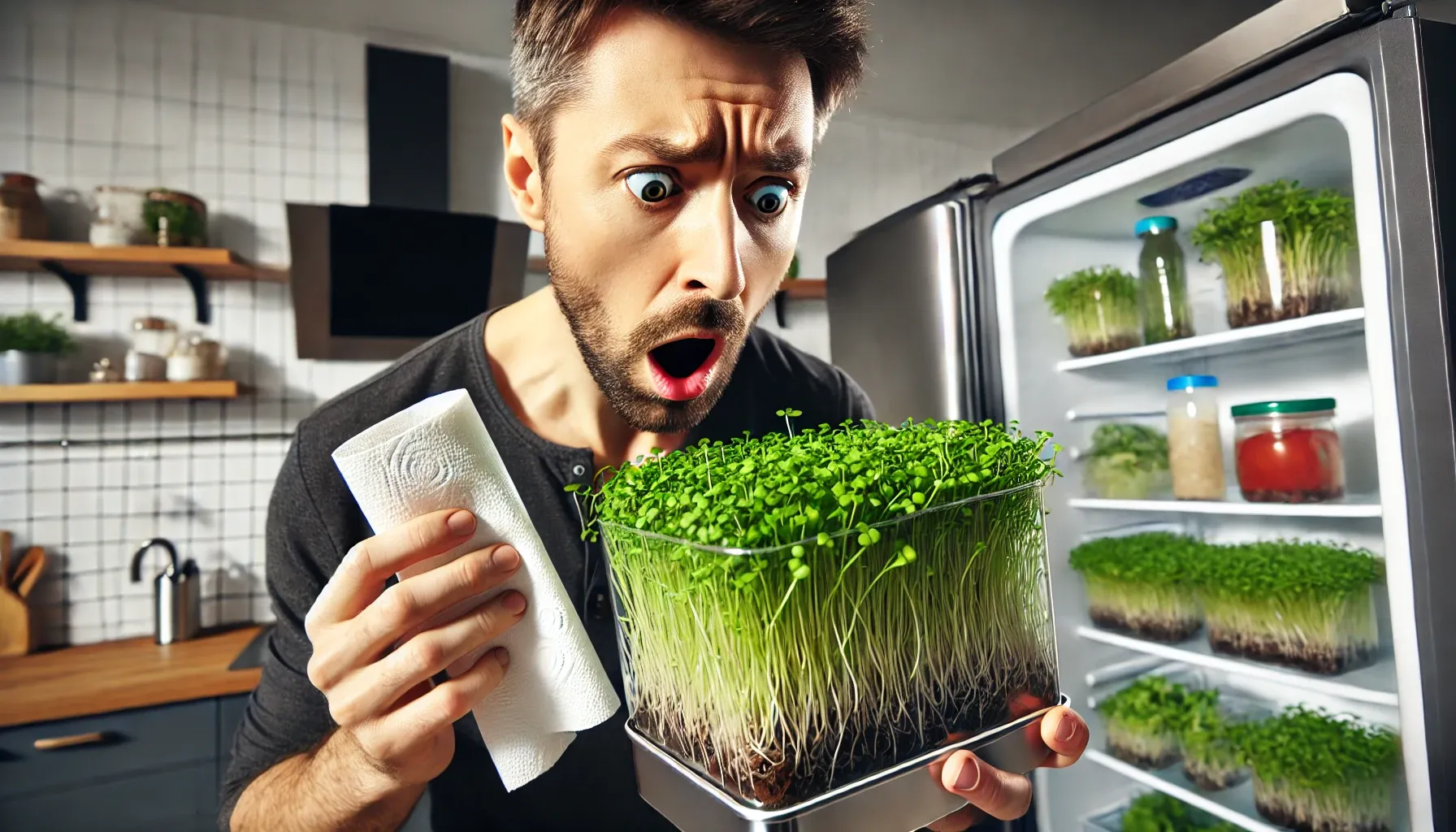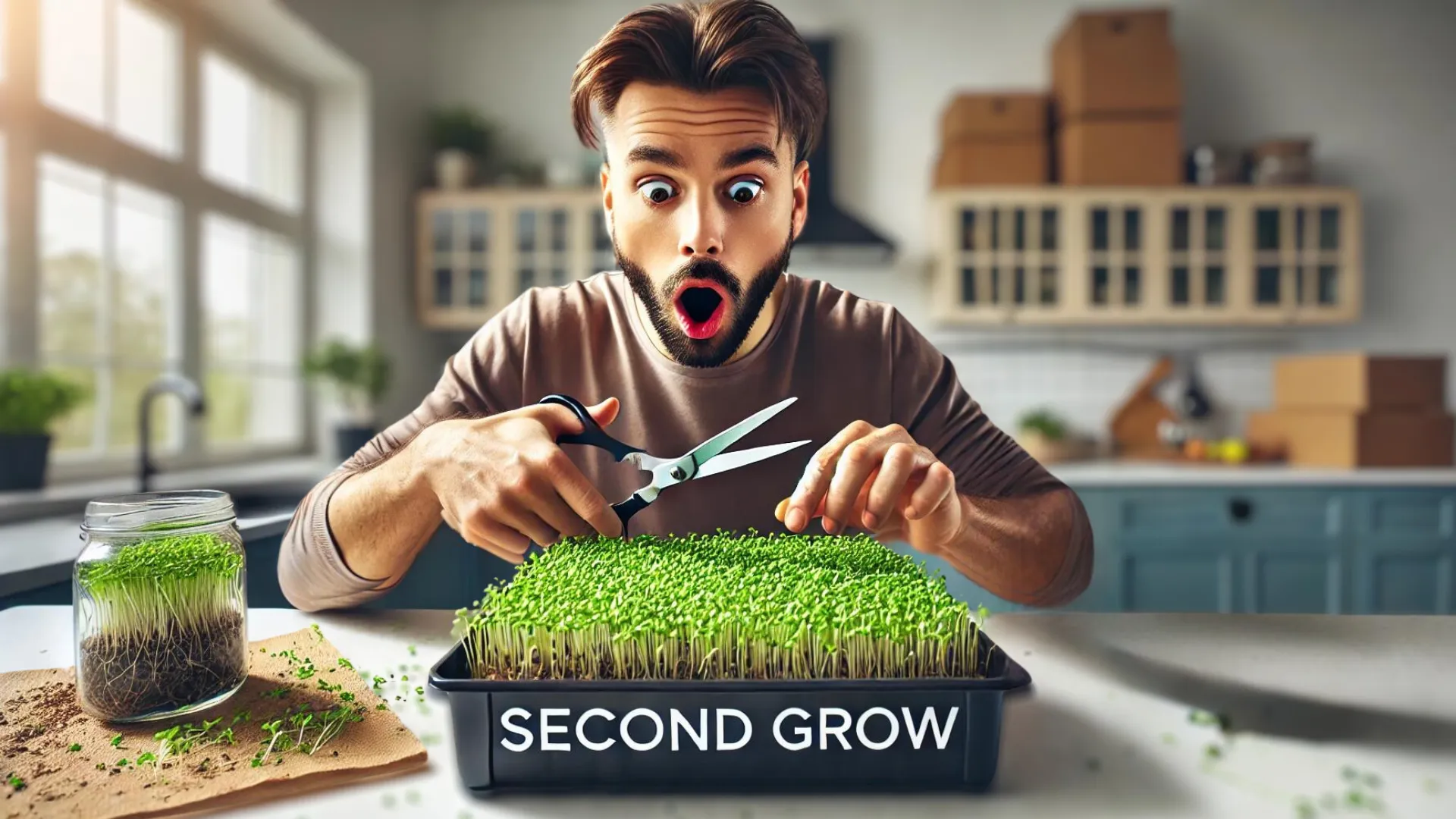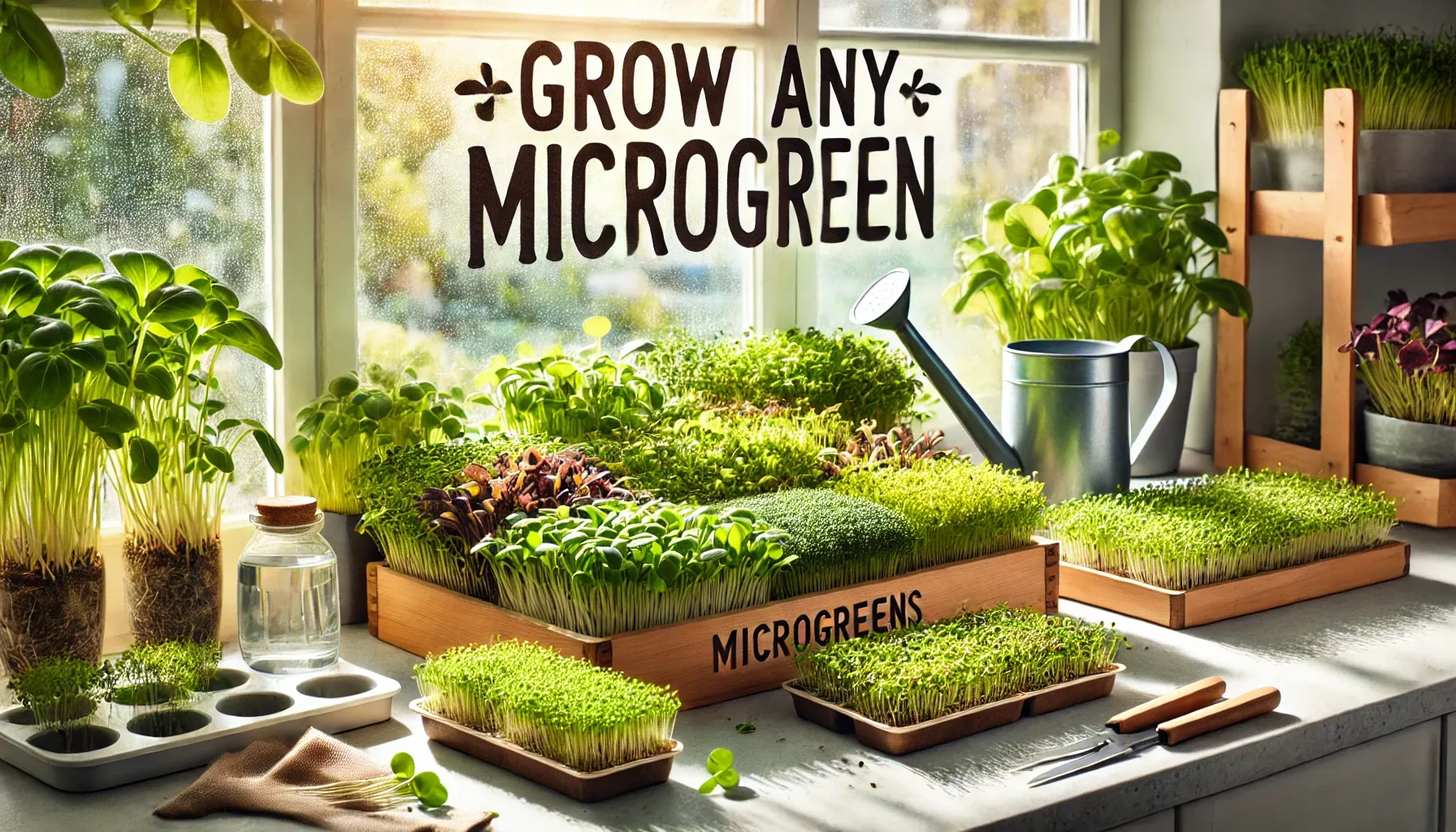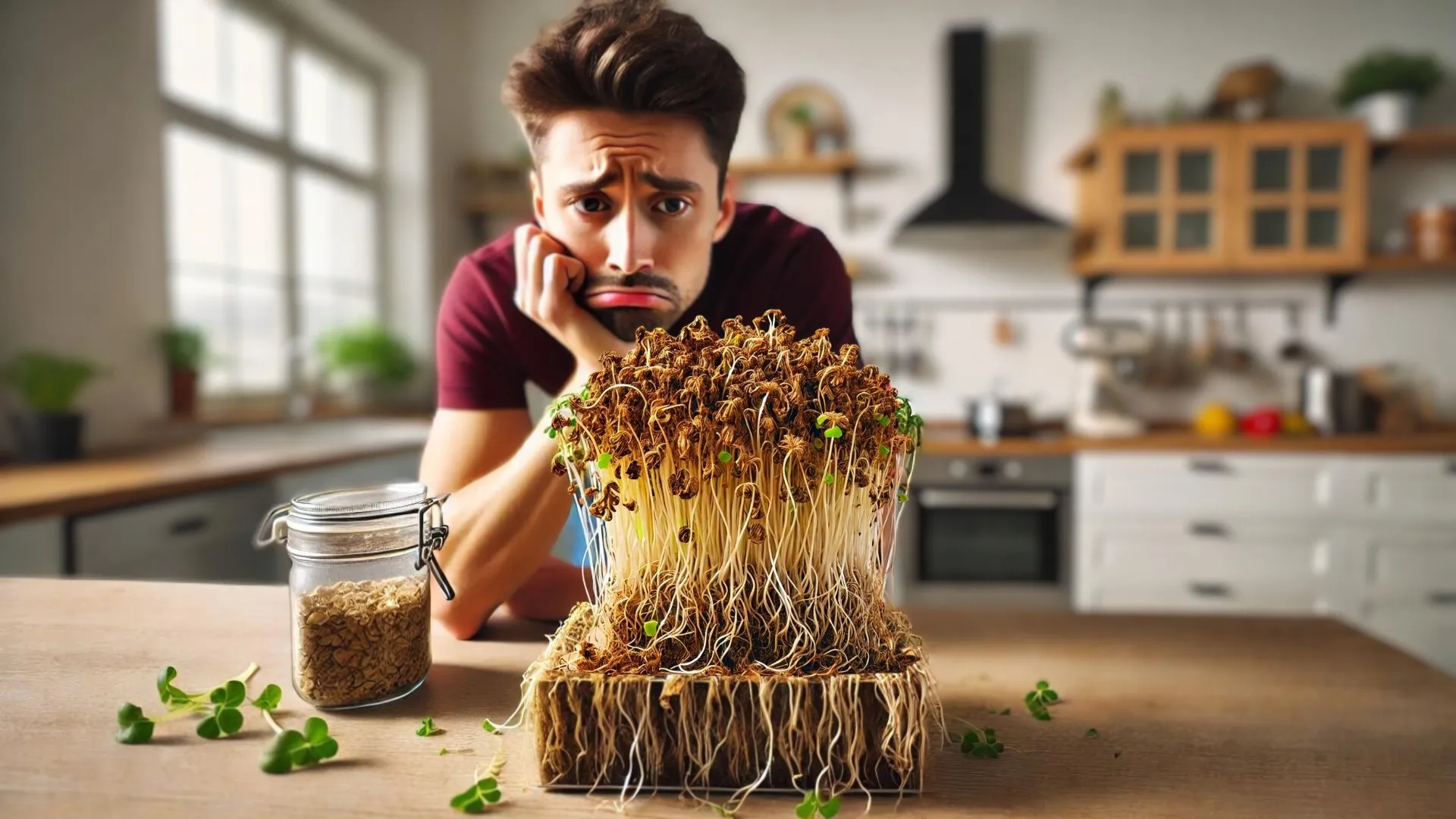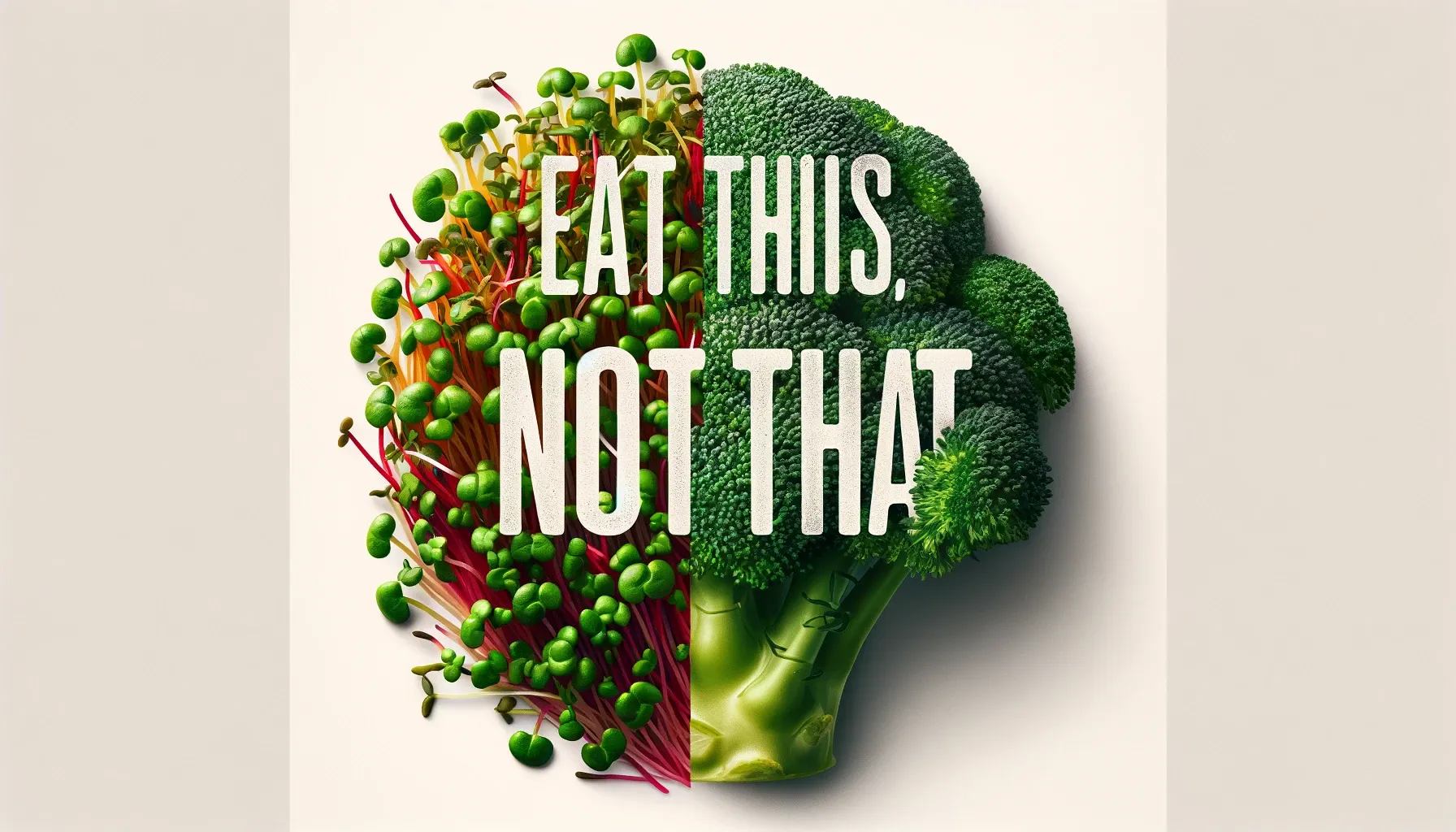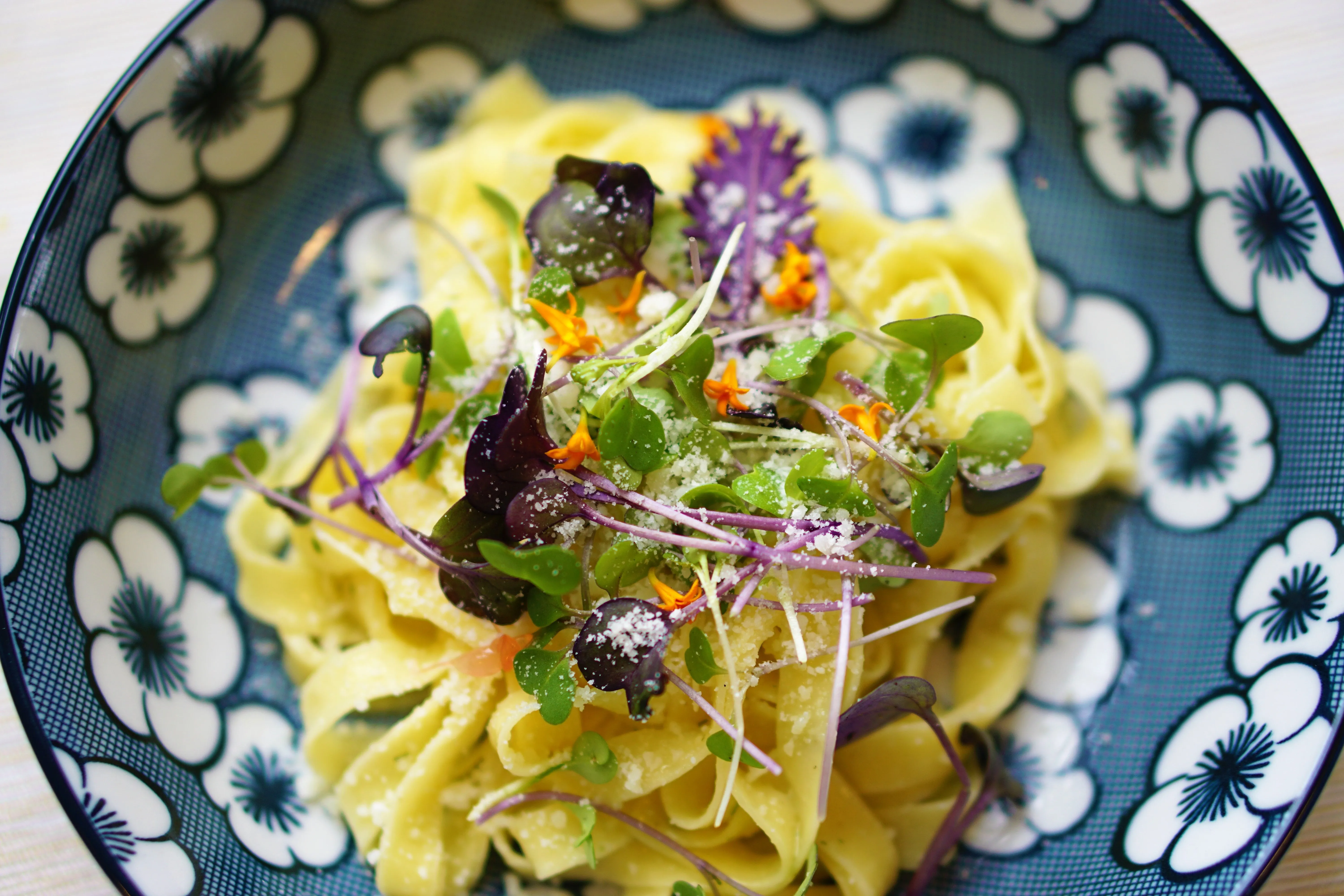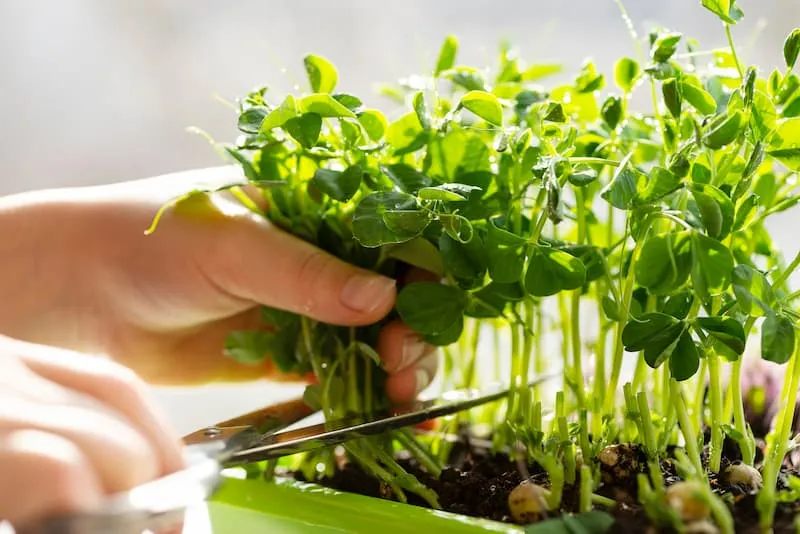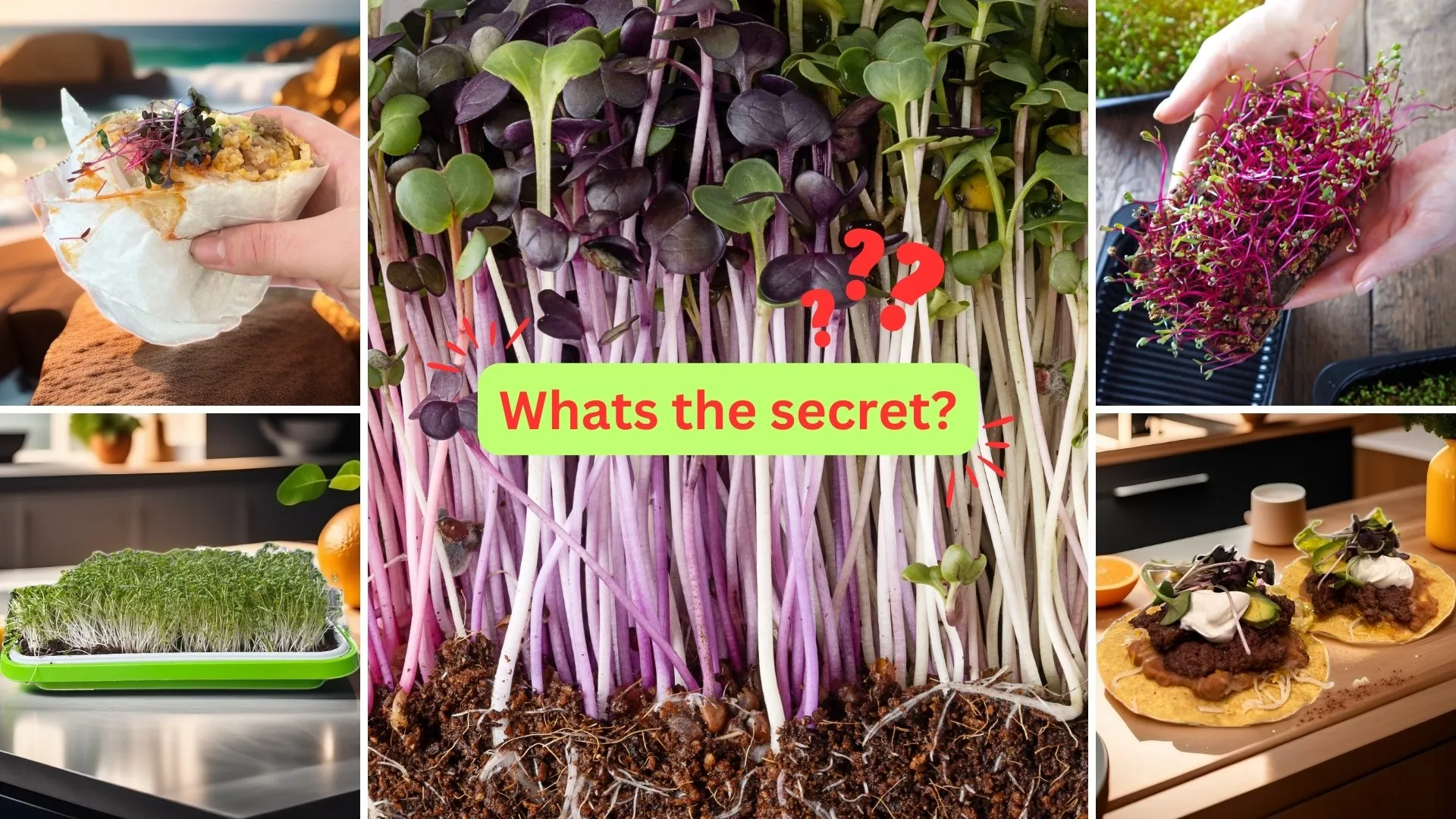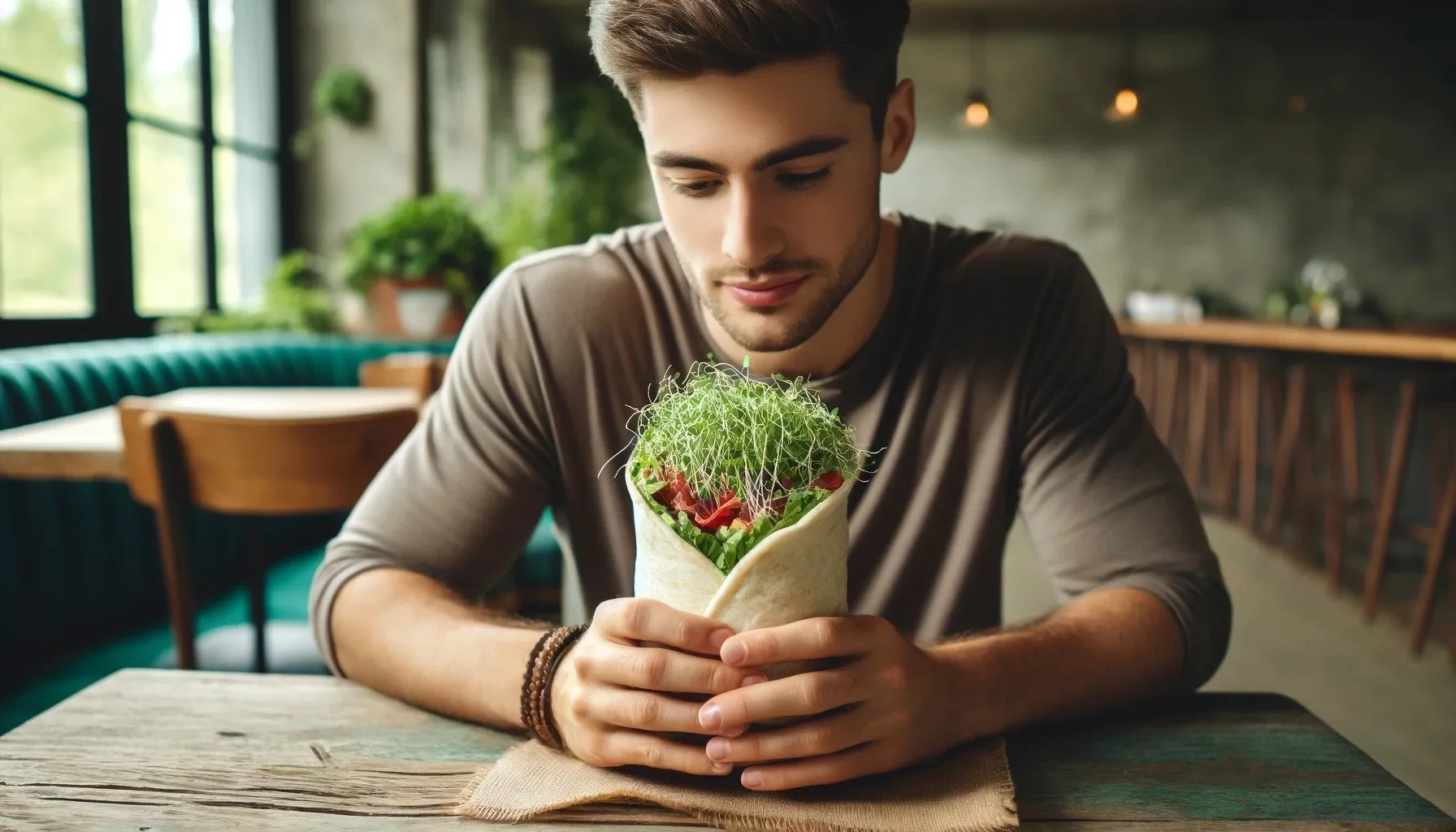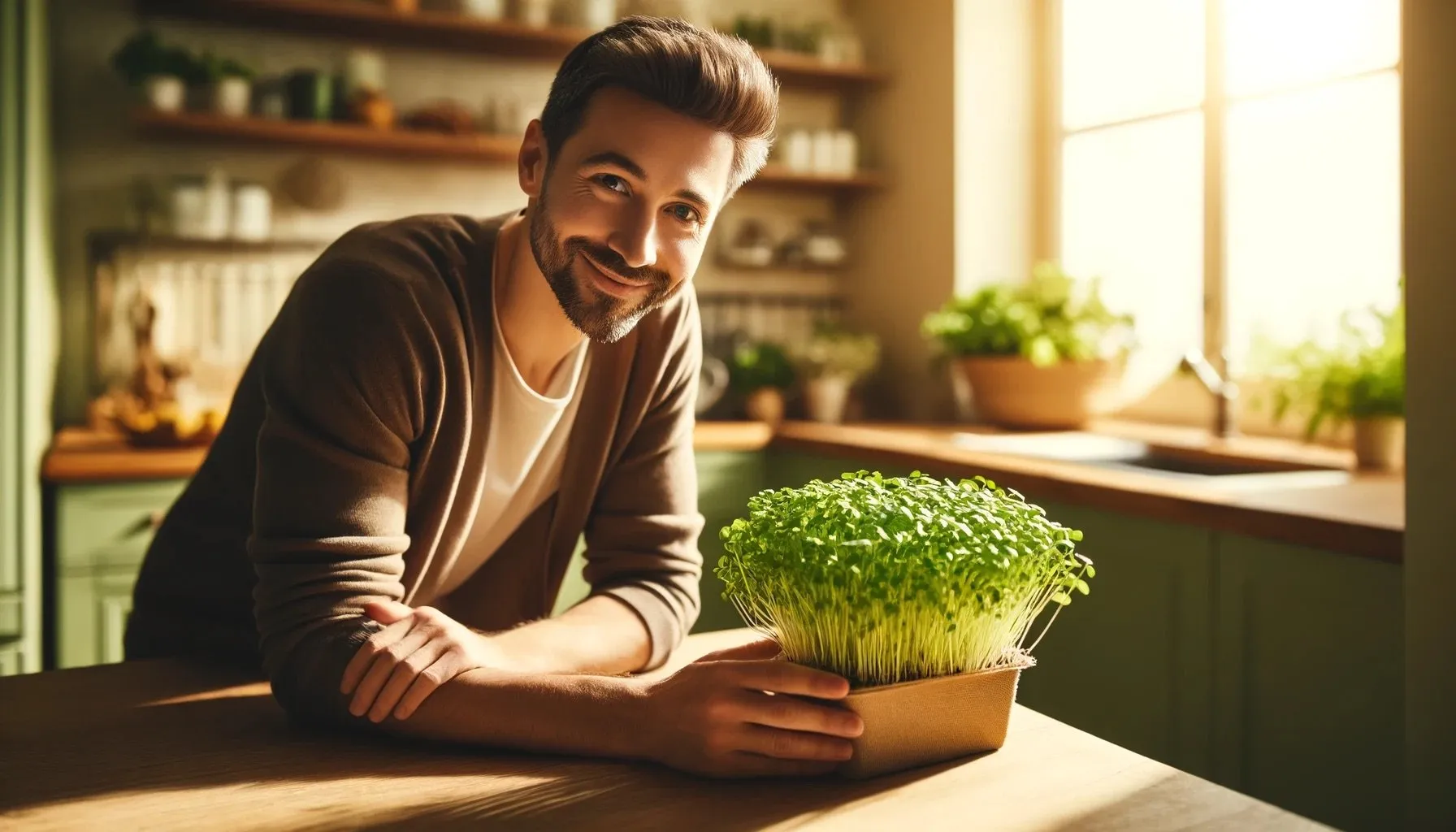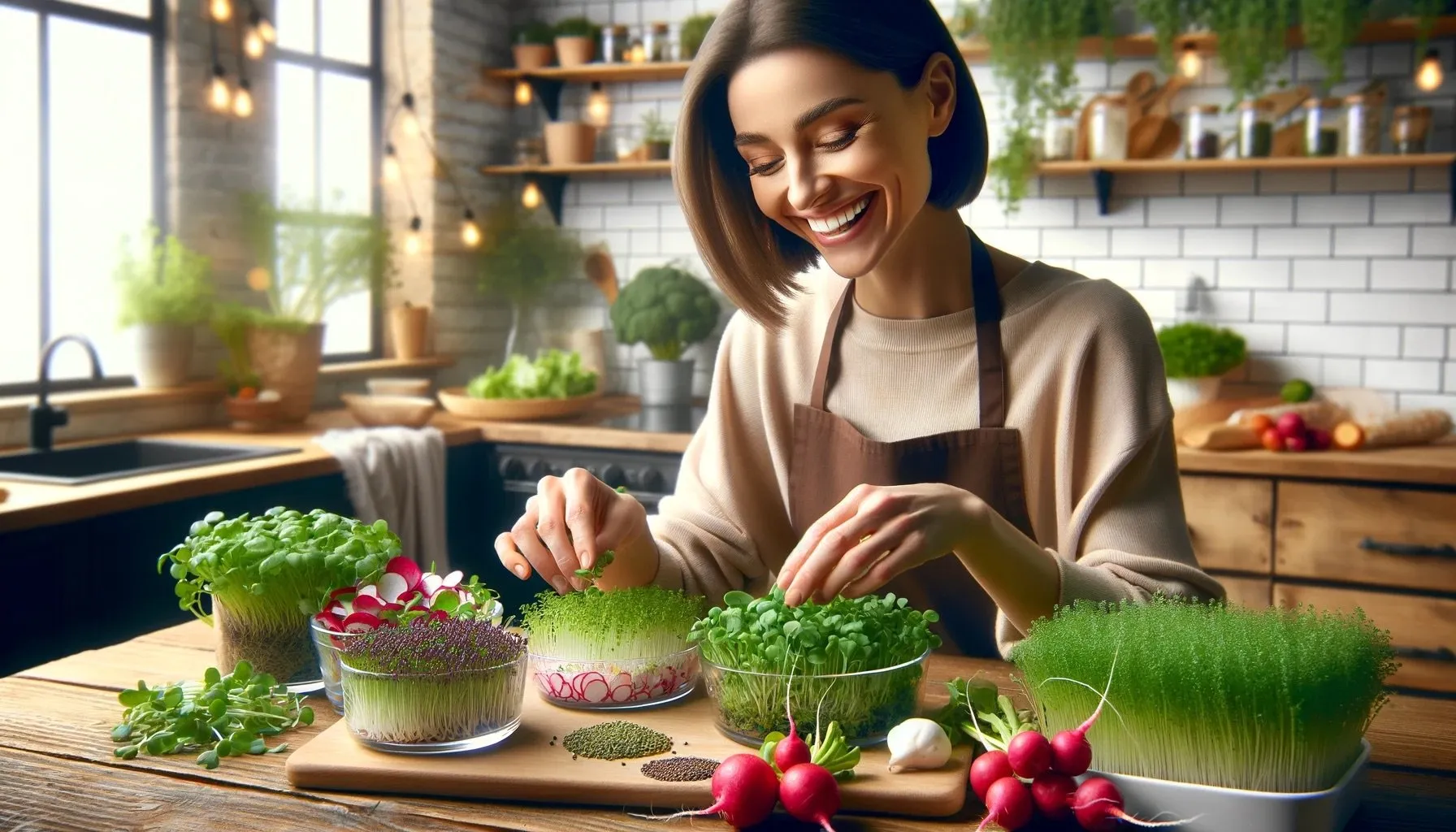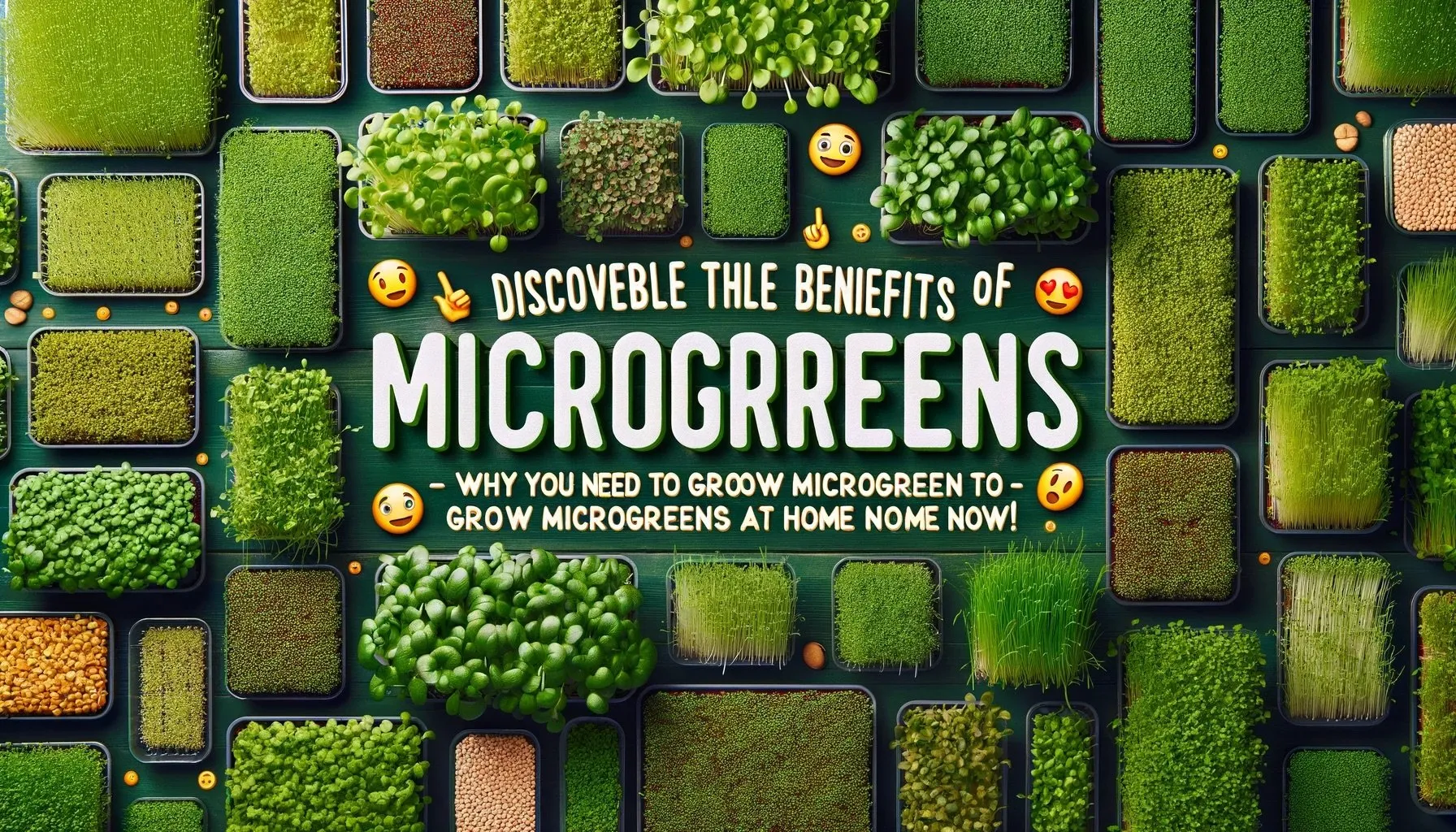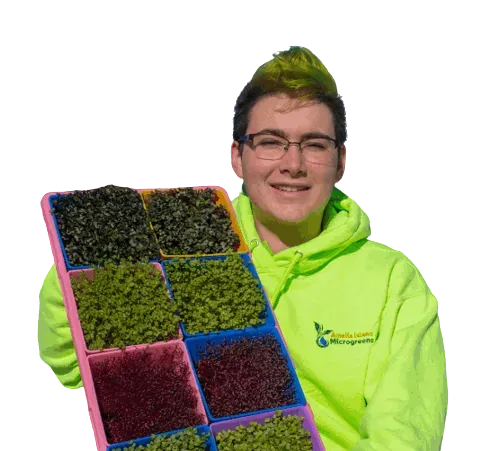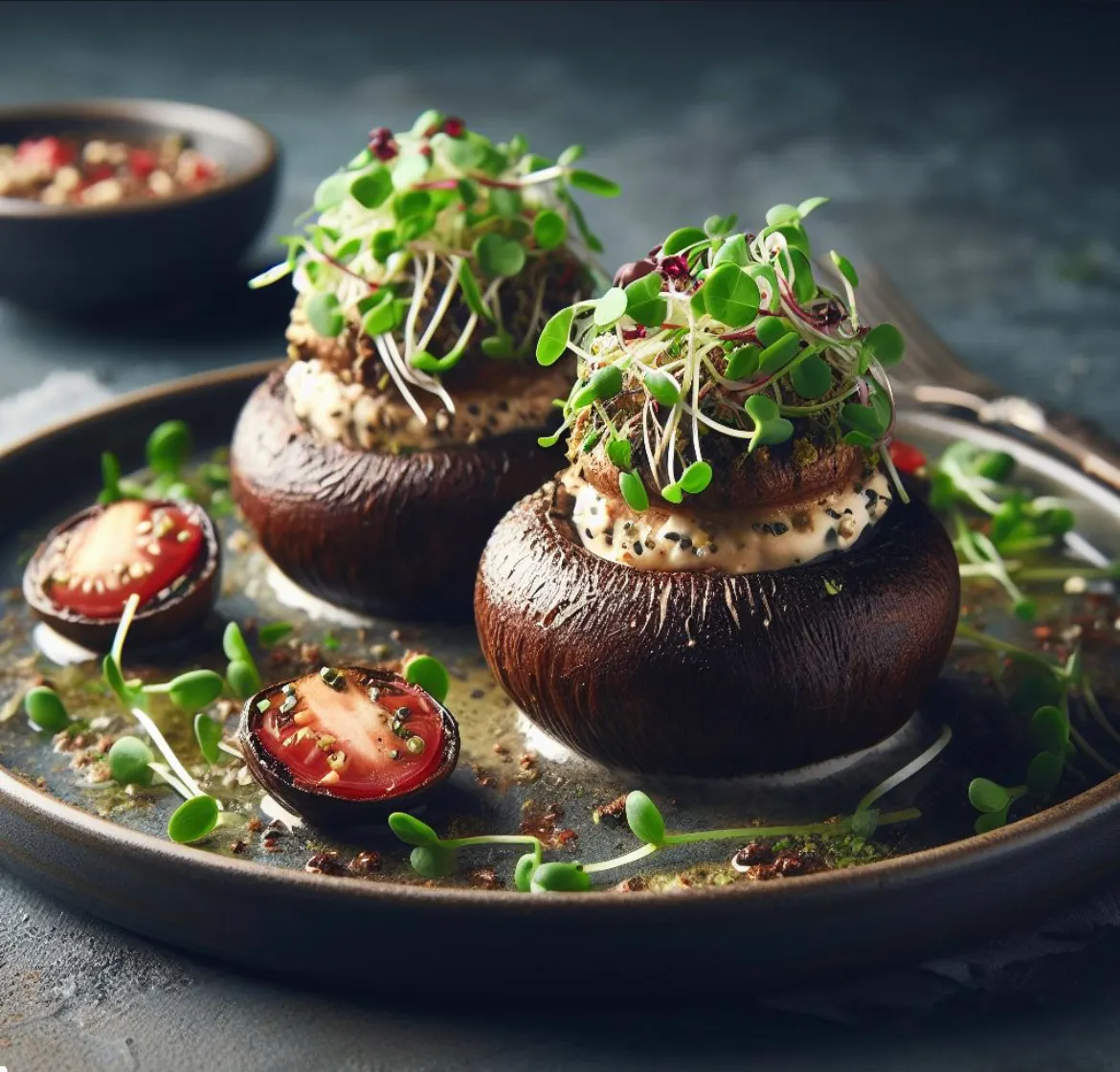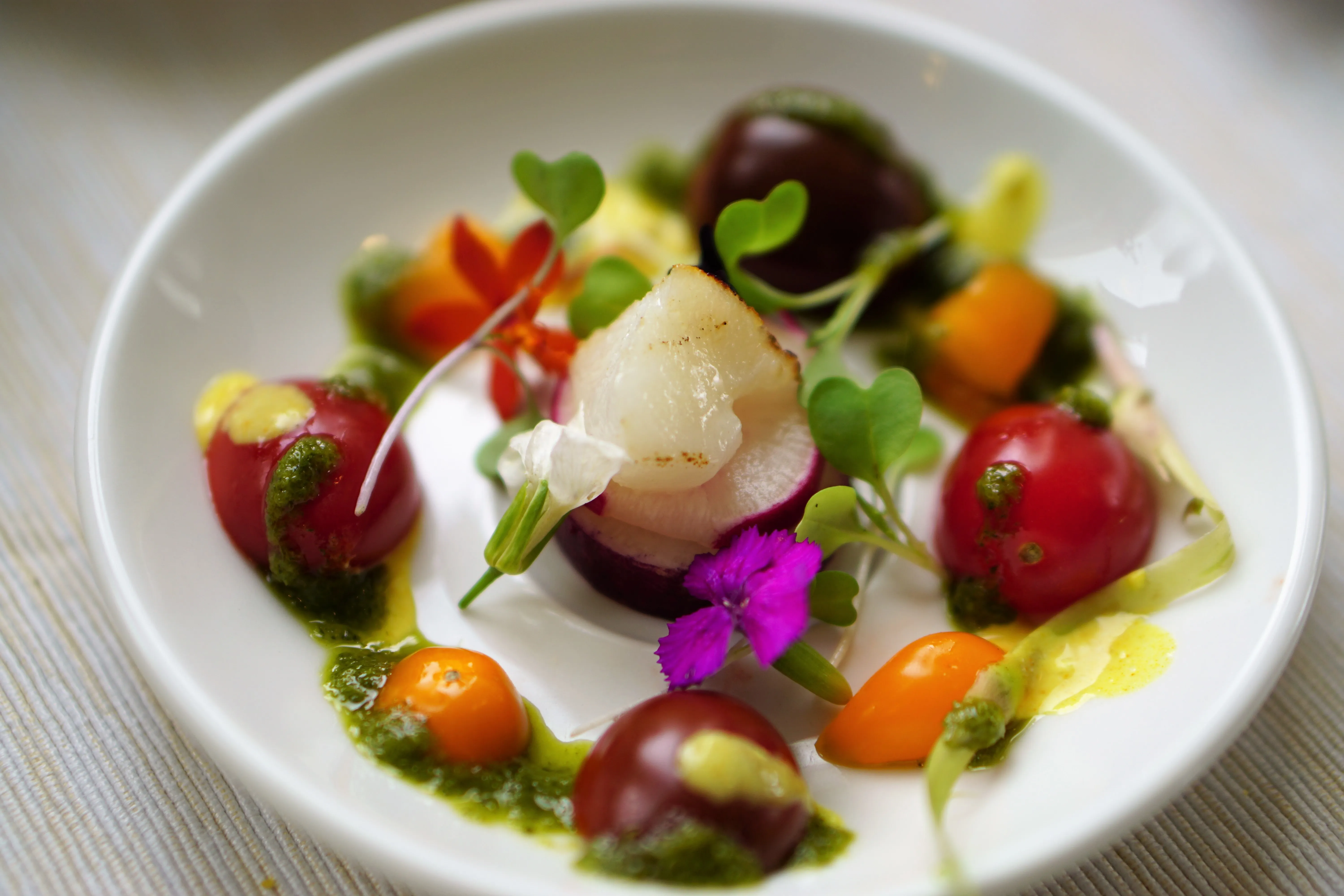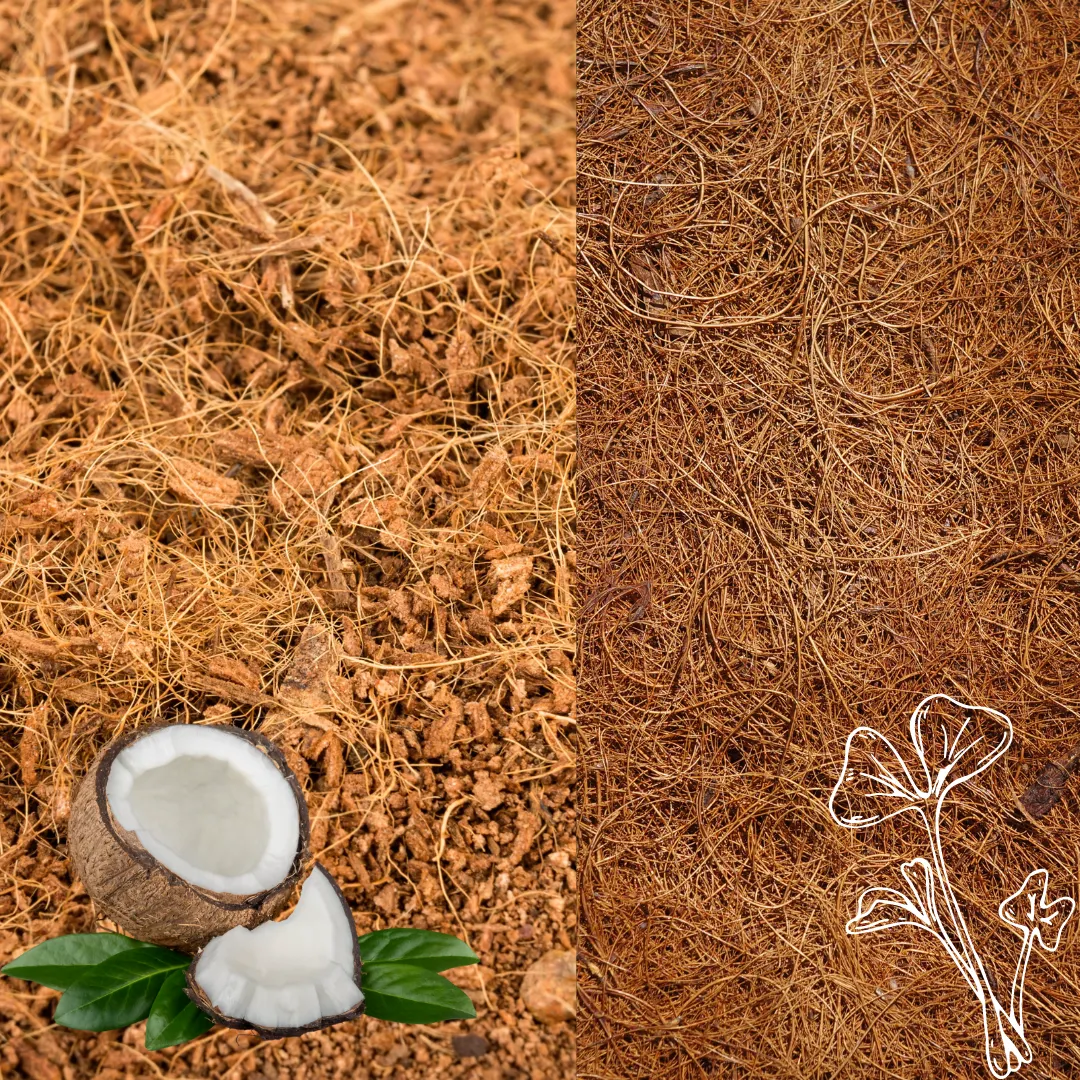The Eco-Friendly Secret: Are Microgreens Sustainable?
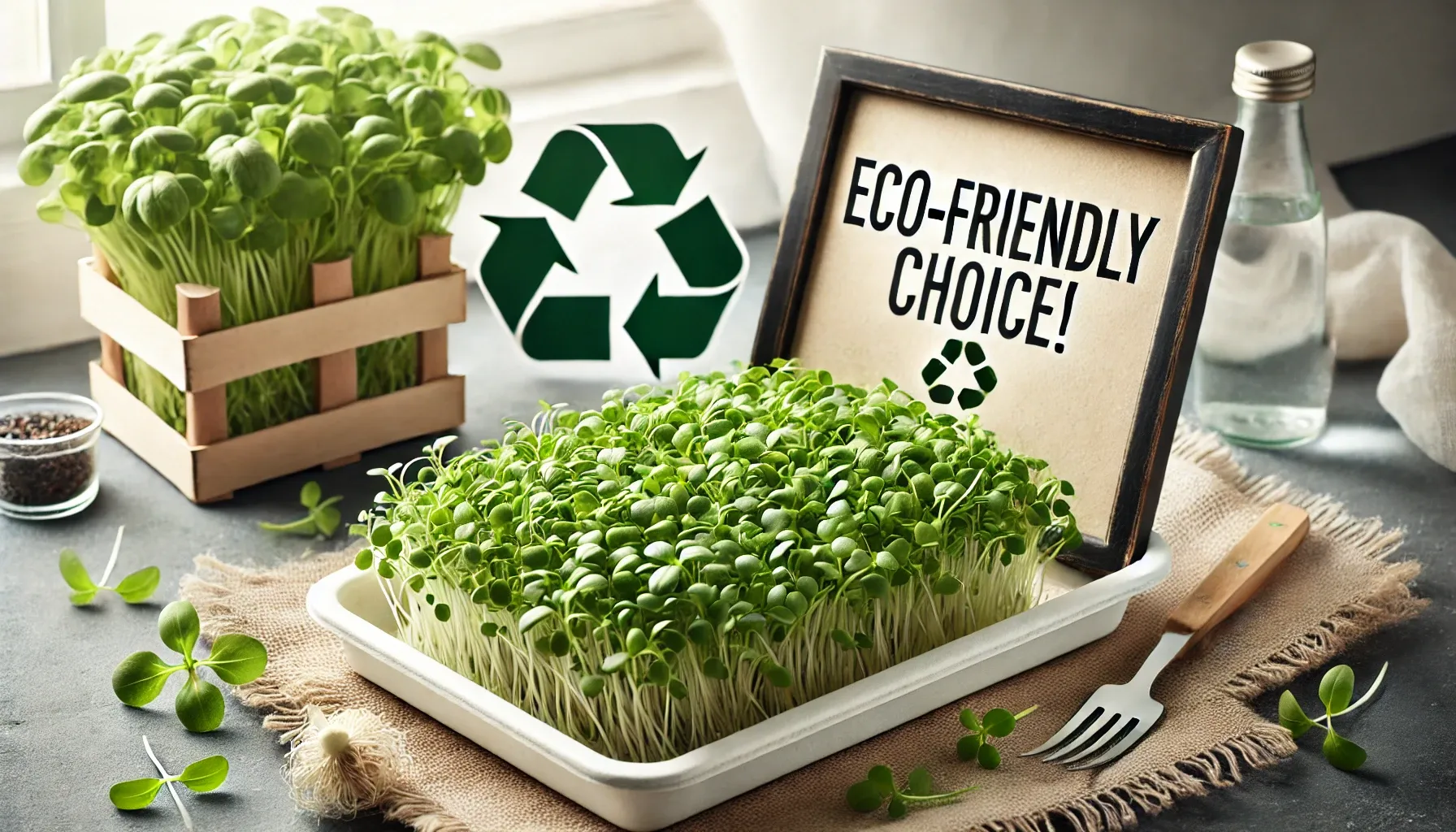
Are microgreens sustainable?
If you're looking for a more eco-friendly way to enjoy fresh, nutritious food, growing microgreens at home might be the answer. Microgreens offer an environmentally conscious alternative to store-bought produce, requiring significantly less water, no fertilizers, and generating minimal waste. At Amelia Island Microgreens, our mission is to educate and empower individuals to enhance their health and food security by cultivating their own microgreens in just seven days. Dive into this blog post to discover the sustainability benefits of microgreens and how they can positively impact the environment.
Watch the embedded video to gain comprehensive insights into the eco-friendly benefits of growing microgreens at home!
Sustainability Benefits of Microgreens
Reduced Resource Use: Microgreens are a water-efficient crop, using only about 10 cups of water in their lifetime compared to the 325,851 gallons per acre needed for traditional crops. By using efficient watering systems like microgreen trays or hydroponics, you can conserve water and reduce waste from evaporation and runoff.
No Need for Fertilizers: Microgreens kits often come without the need for fertilizers, as the seeds contain all necessary nutrients. This eliminates the environmental harm caused by fertilizer runoff, making microgreens a more eco-friendly and sustainable option.
Minimal Waste: Growing microgreens helps reduce food waste, as they don’t need to meet strict size or shape standards. You can grow exactly the amount needed and compost any leftovers, further minimizing waste.
What steps are you taking to live more sustainably? Share your tips in the comments below!
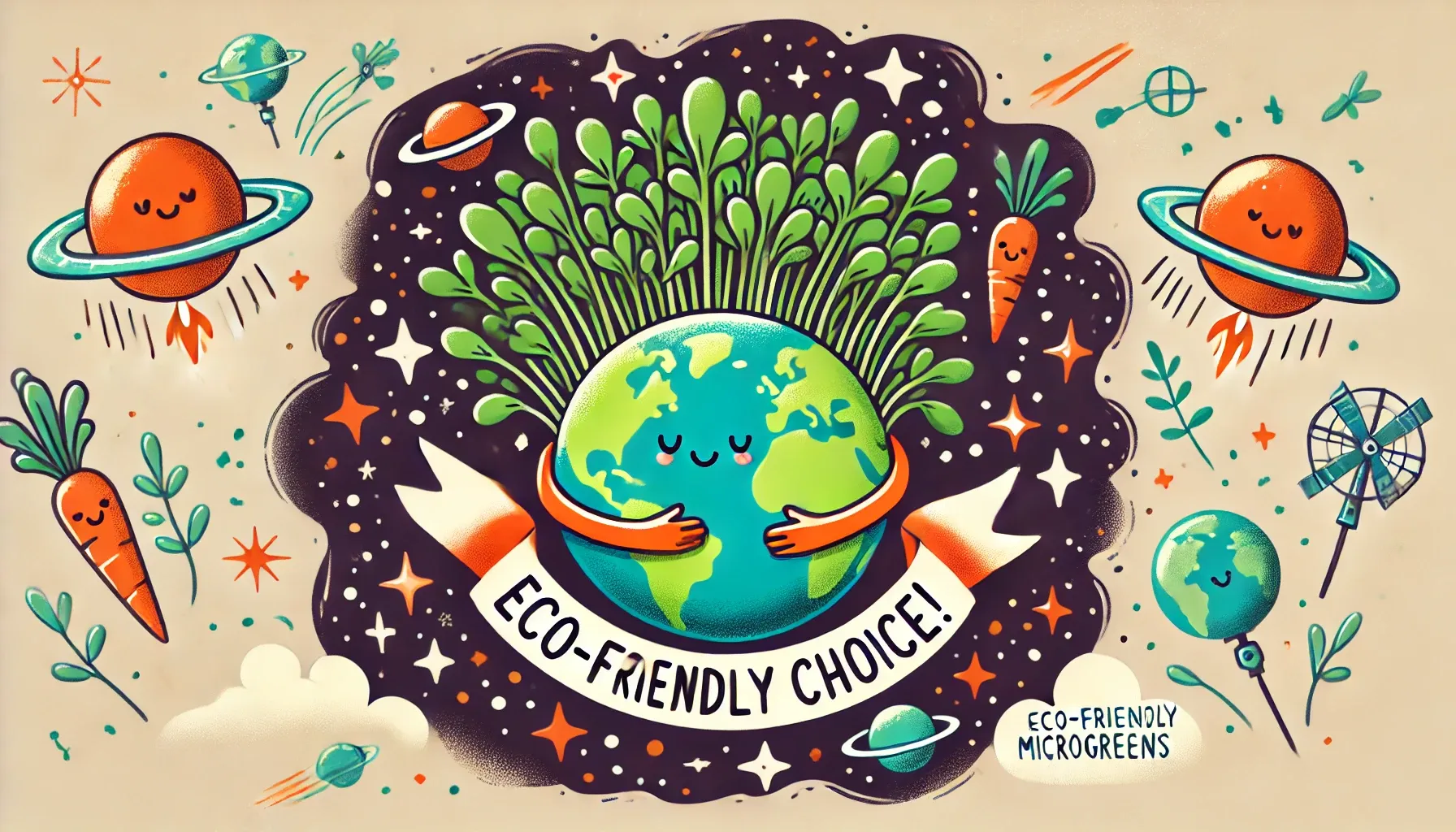
Environmental Impact of Store-Bought Produce
Reduced Transportation Emissions: Store-bought vegetables often travel long distances, contributing to high transportation emissions. By growing microgreens at home, you can eliminate the need for transportation and significantly reduce your carbon footprint.
Packaging Waste: Microgreen kits typically use minimal packaging, often incorporating biodegradable components. This reduces reliance on single-use plastics, unlike store-bought produce, which often comes heavily packaged.
FedEx Partnership
Remember the grant from FedEx we mentioned earlier? During the first two years of Amelia Island Microgreens, obtaining sustainable packaging was a challenge. Our original kits were packaged using clear cellophane plastic. Thanks to FedEx's support, we removed 98% of single-use plastics, making our kits significantly more sustainable.
If you're finding these this blog helpful, please give our video a 'like'! It really helps us out. Also, make sure to subscribe and turn on the notification bell so you never miss out on our latest videos packed with tips and advice on growing your own microgreens. 🌱✨
Free 10-Part Series
For a deeper dive into the health benefits of microgreens and how to grow them, check out our free 10-part series on everything microgreens by going to ameliaislandmicrogreens.com/101 or clicking the link below.
Final Thoughts
Microgreens are not only a sustainable choice but also a nutritious one. By growing them at home, you can contribute to environmental conservation while enjoying fresh, healthy food. We encourage you to explore the world of microgreens and see the positive impact you can make. Don't forget to check out our free 10-part series for more tips and information on growing your own microgreens.
What’s your biggest concern or desired result when it comes to sustainable eating? Leave a comment below and share your thoughts with our community. We read and answer every comment!

